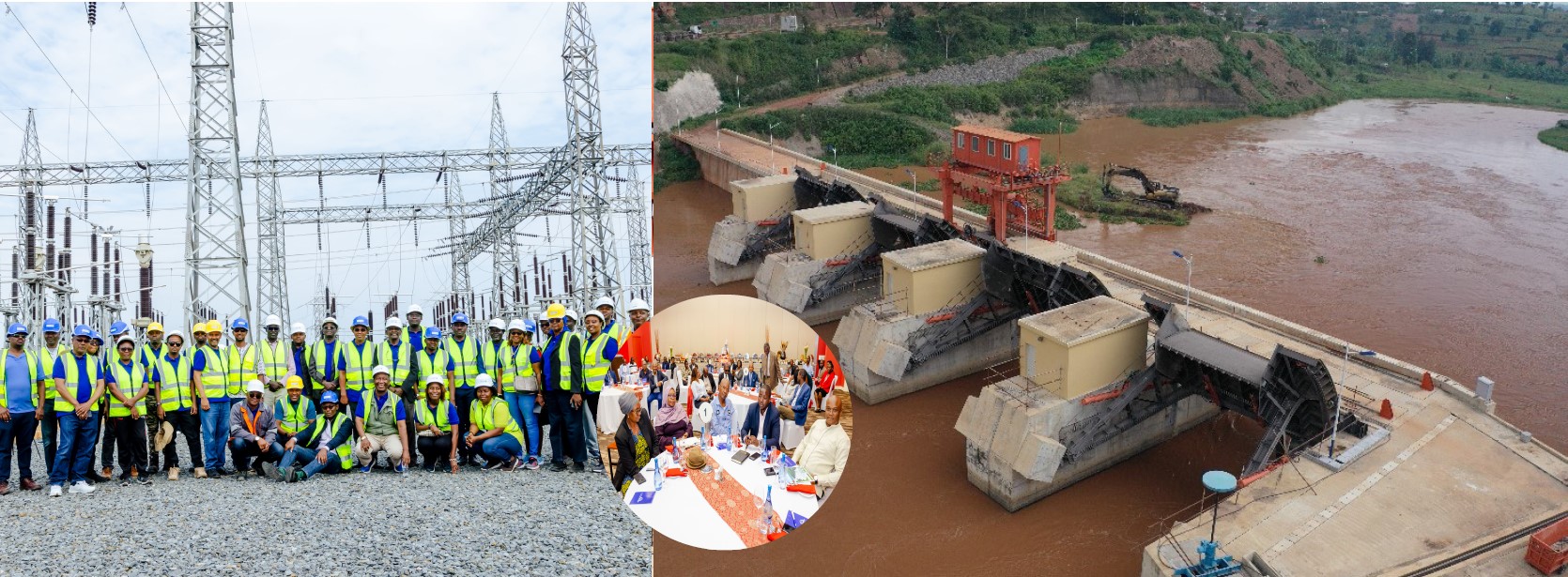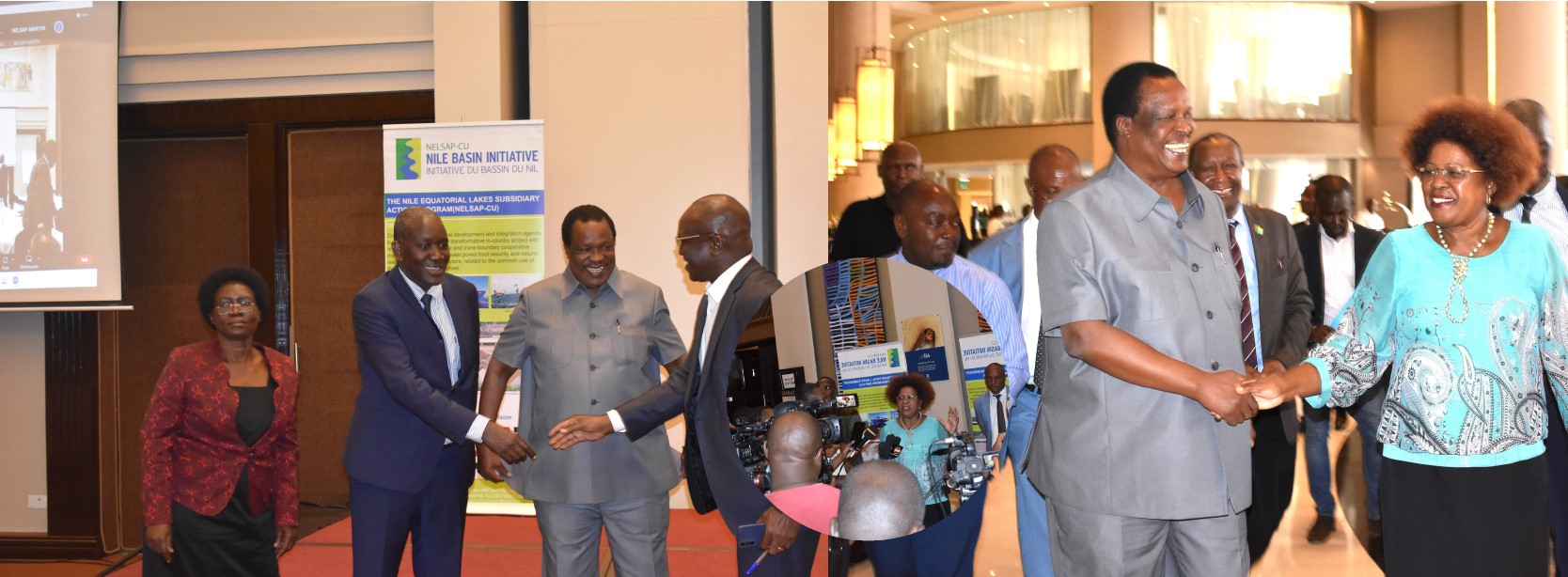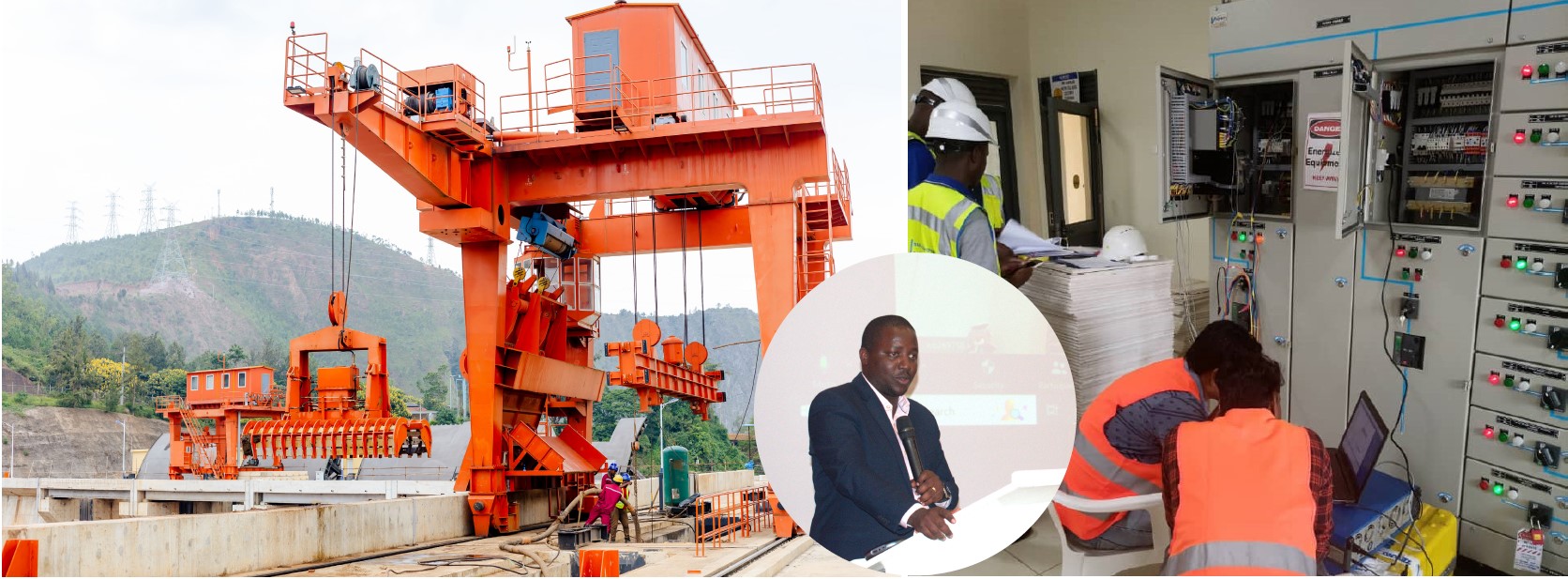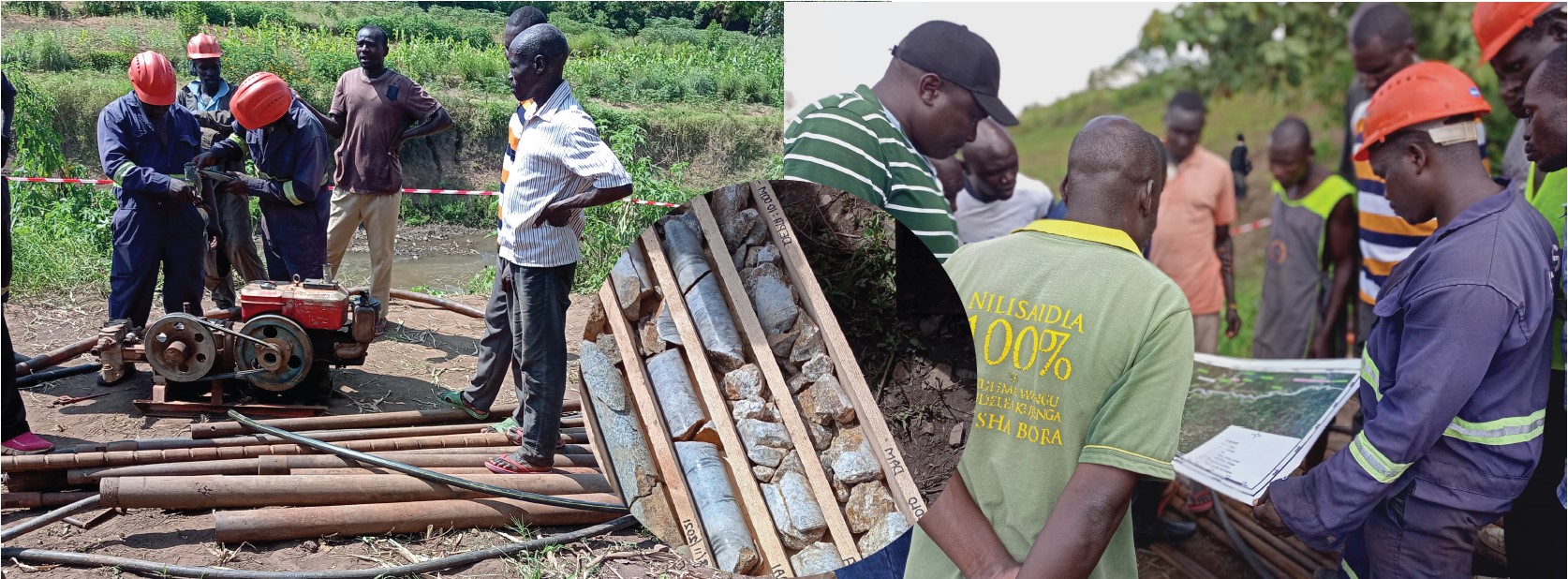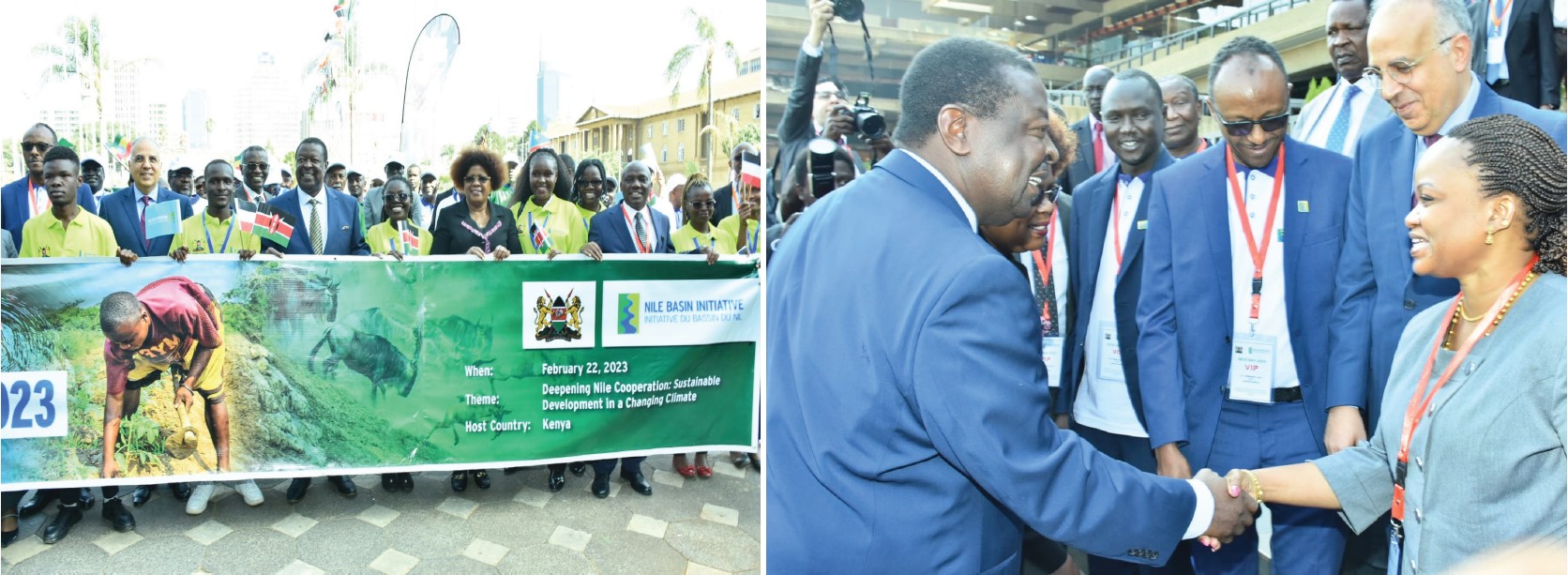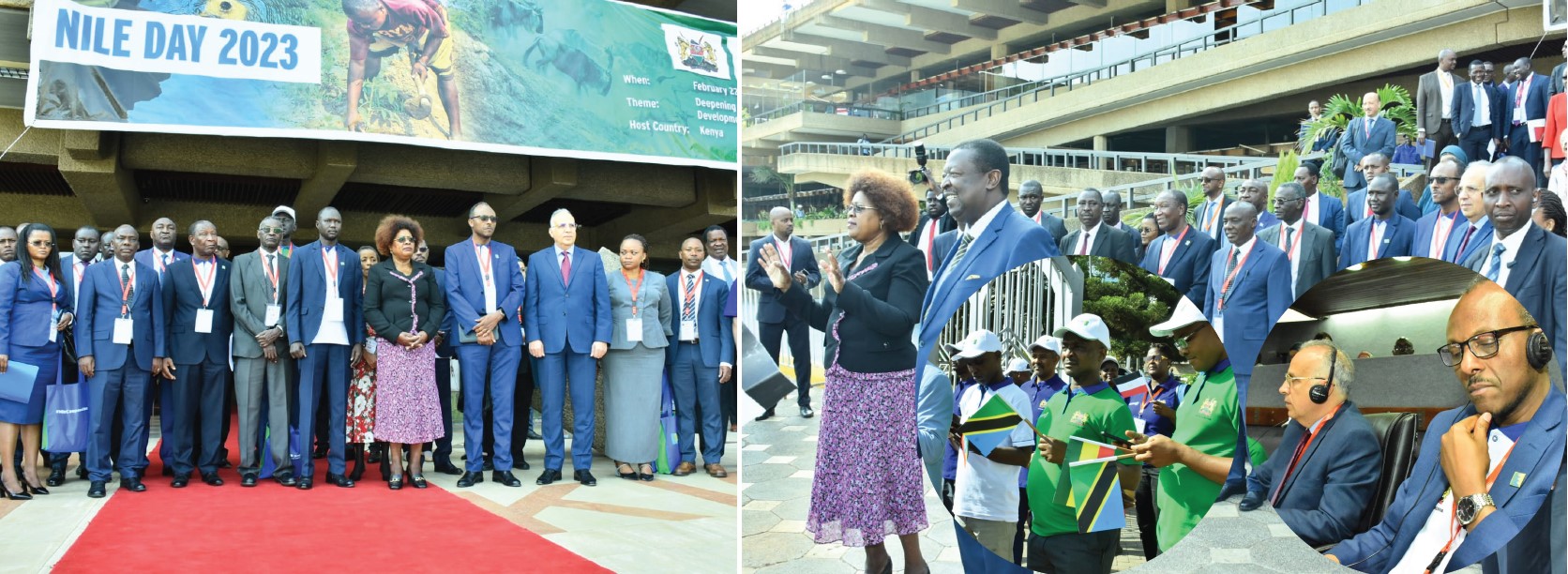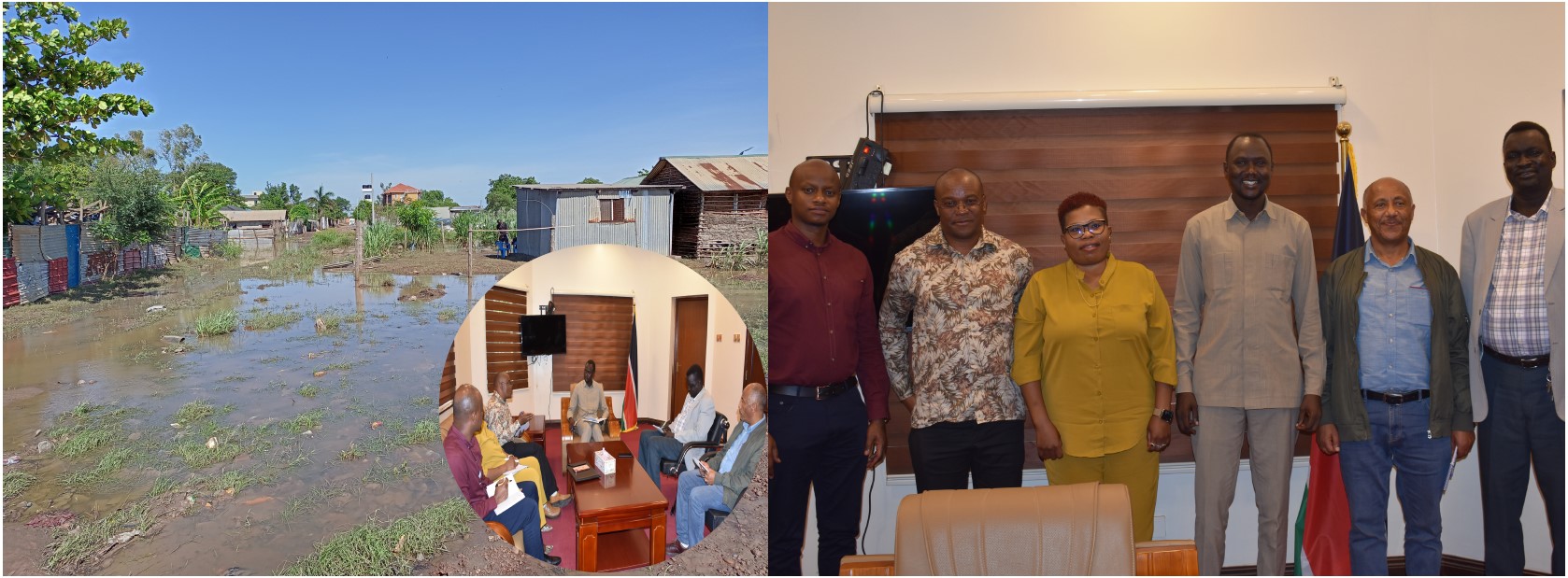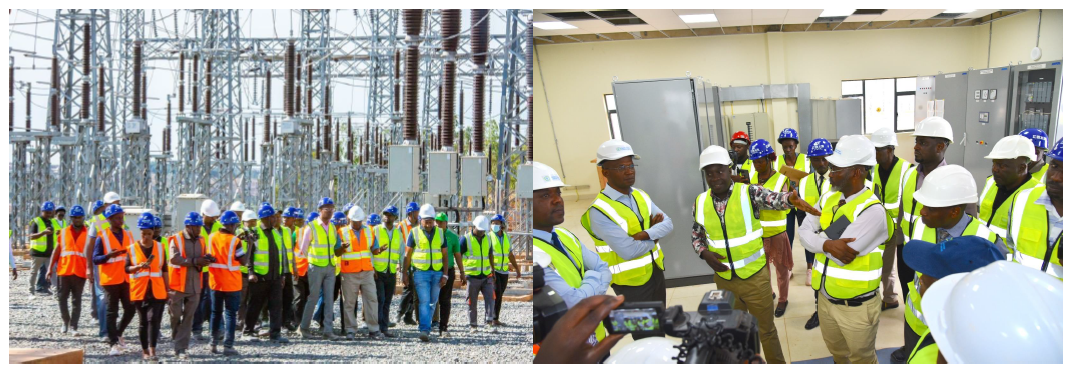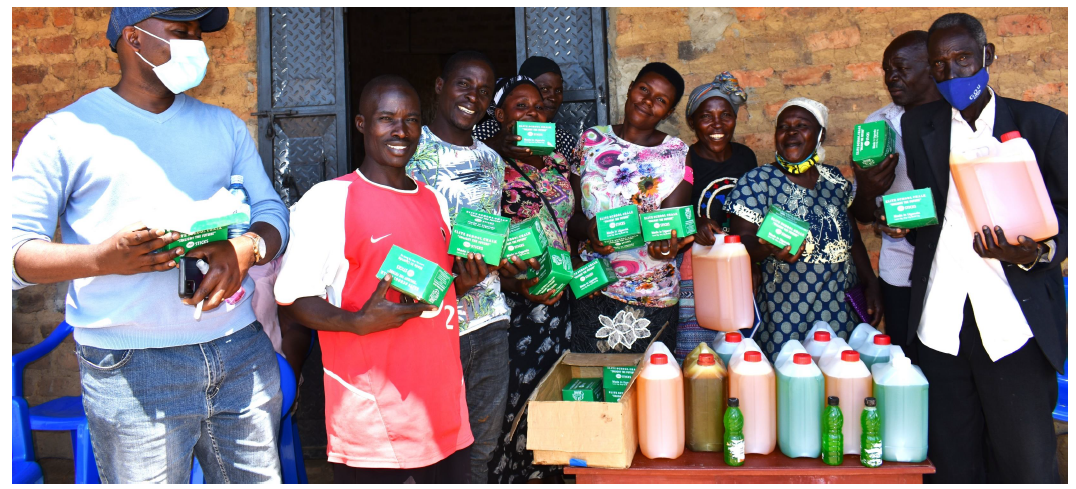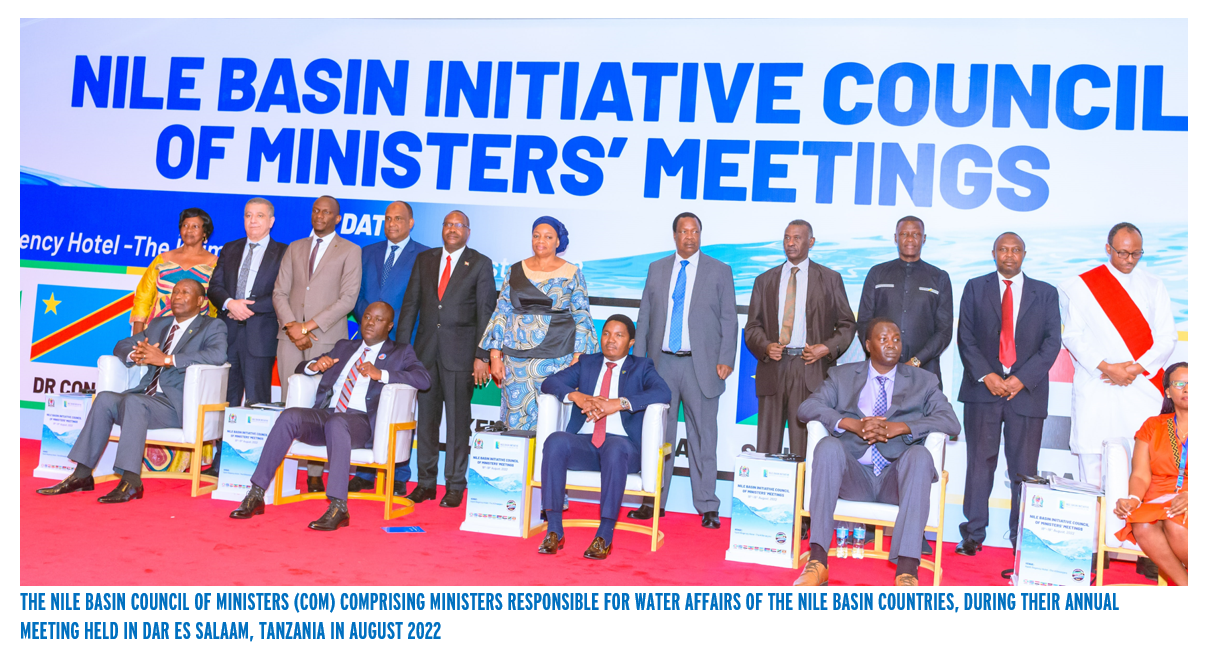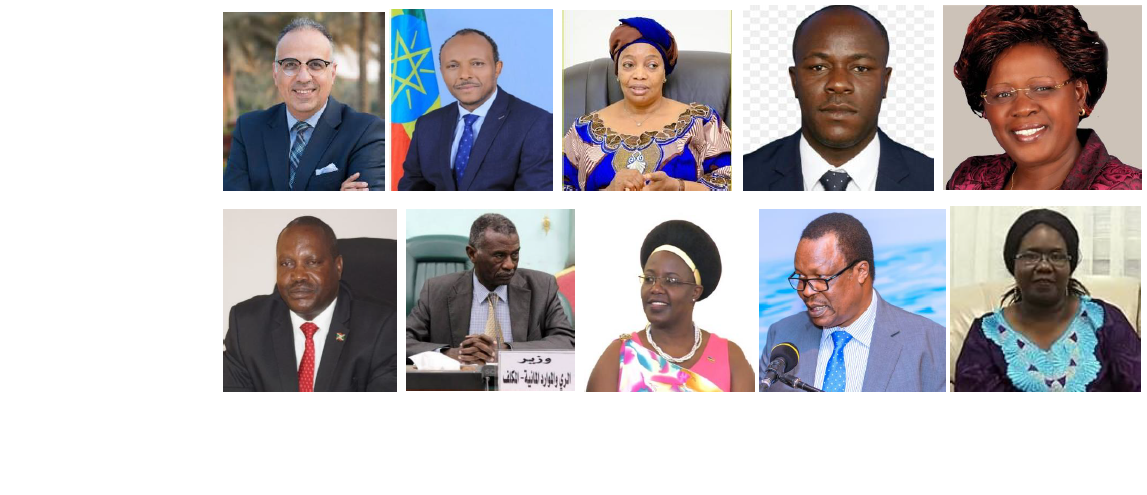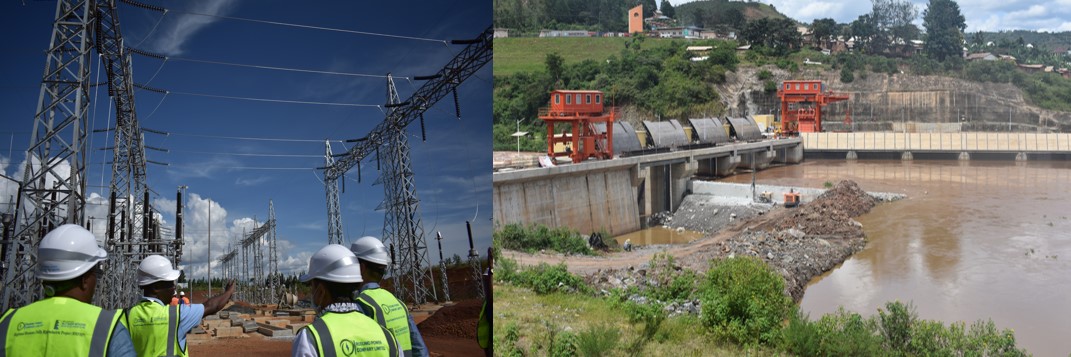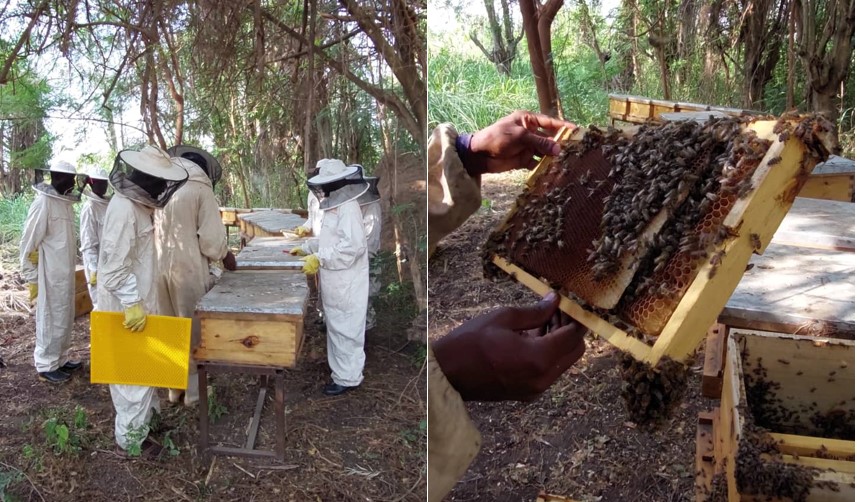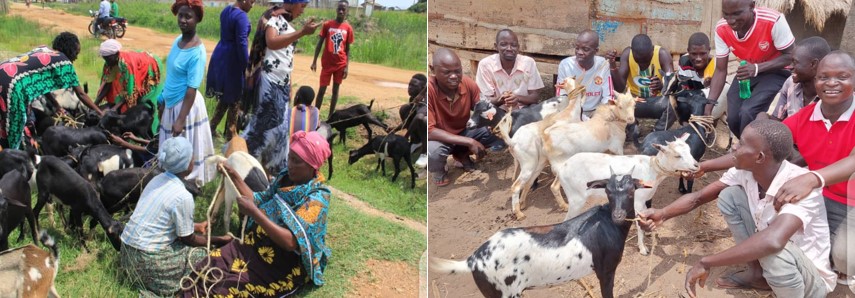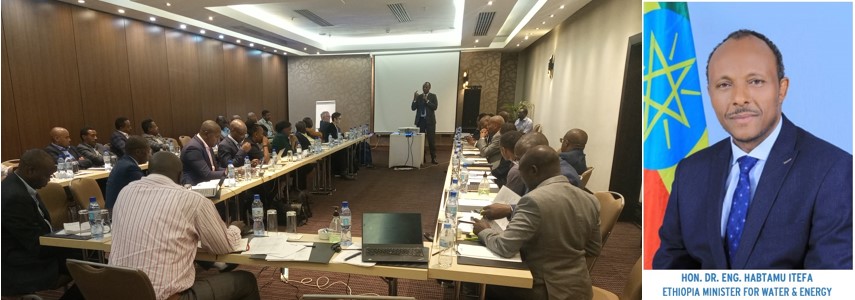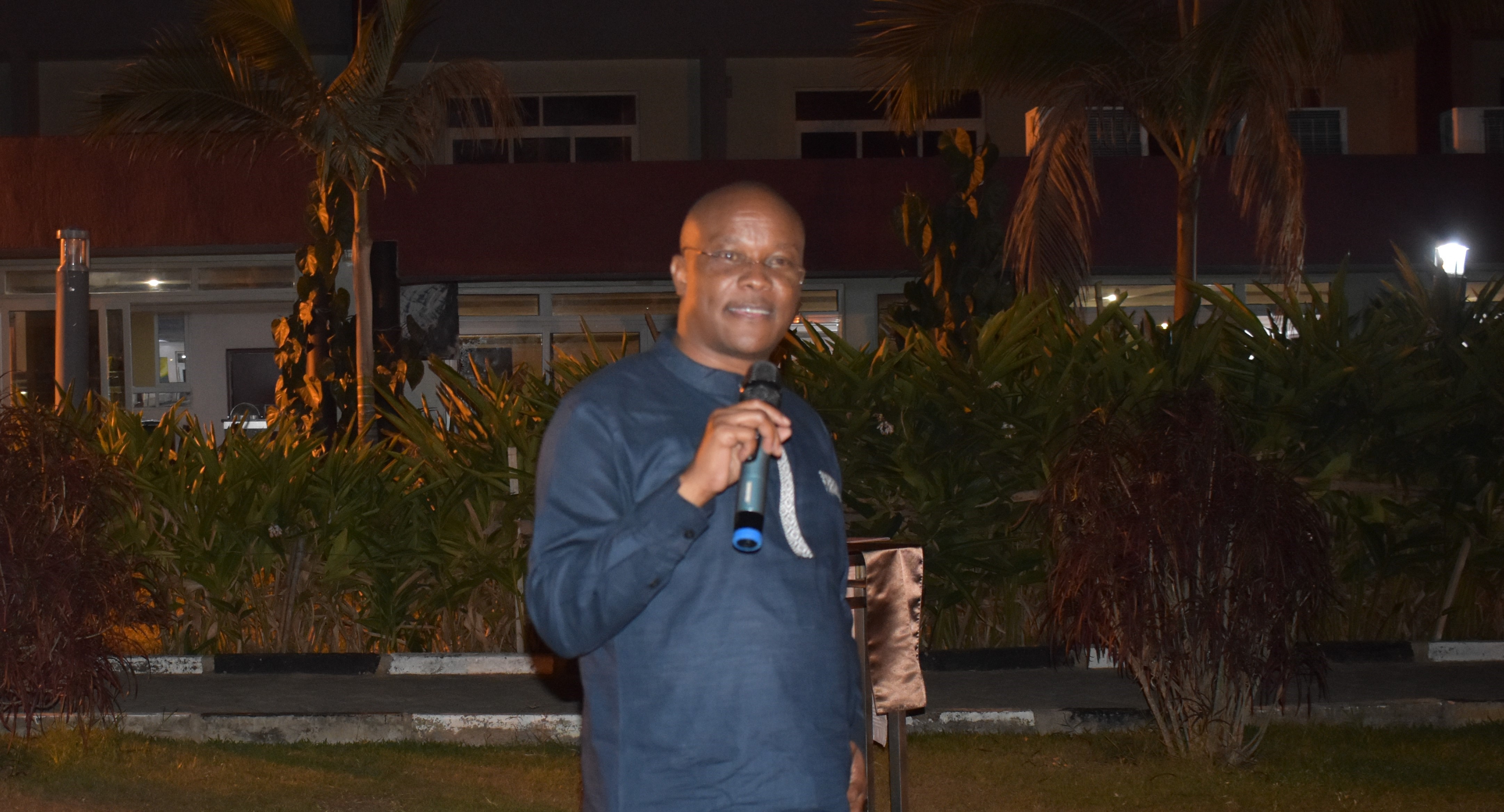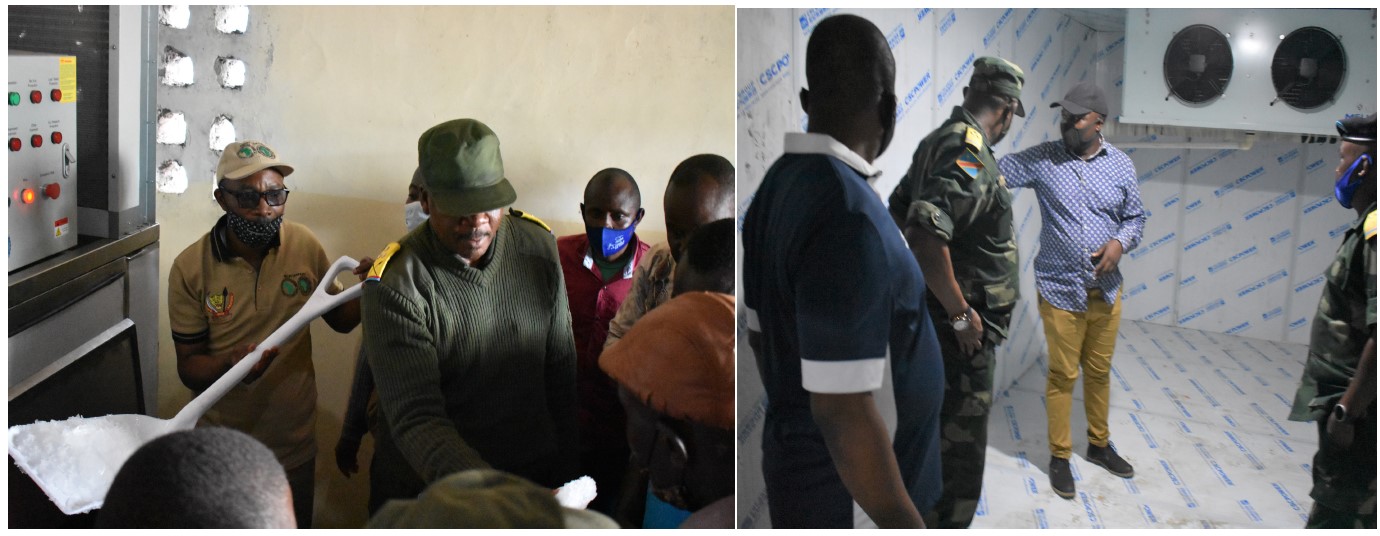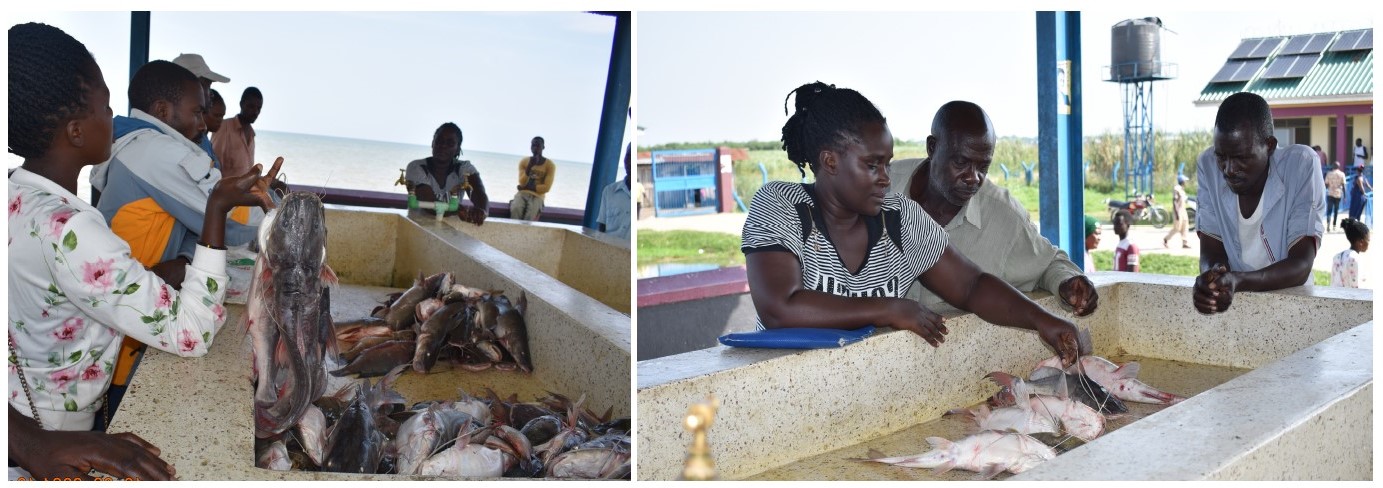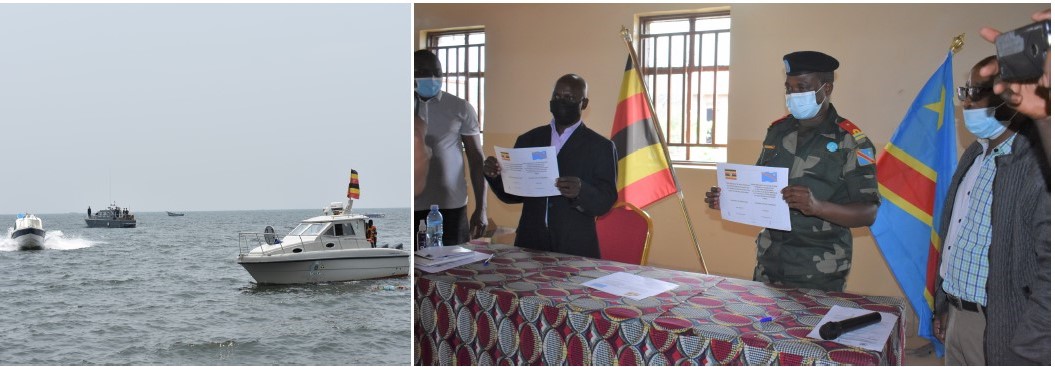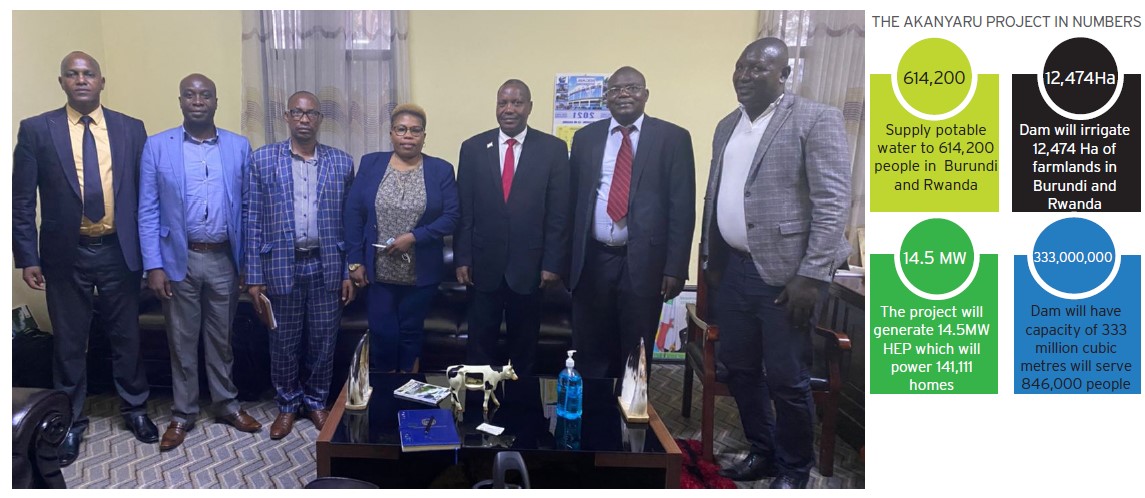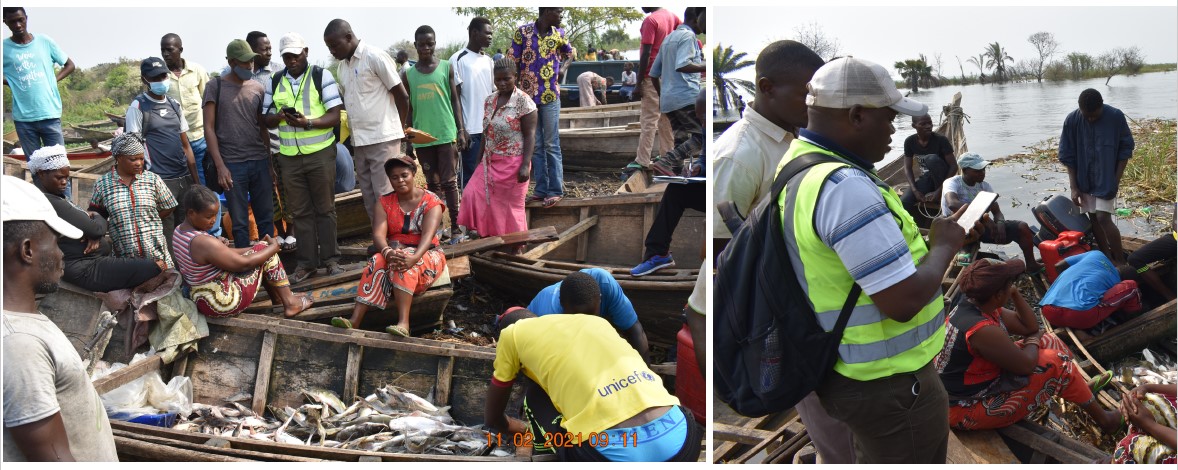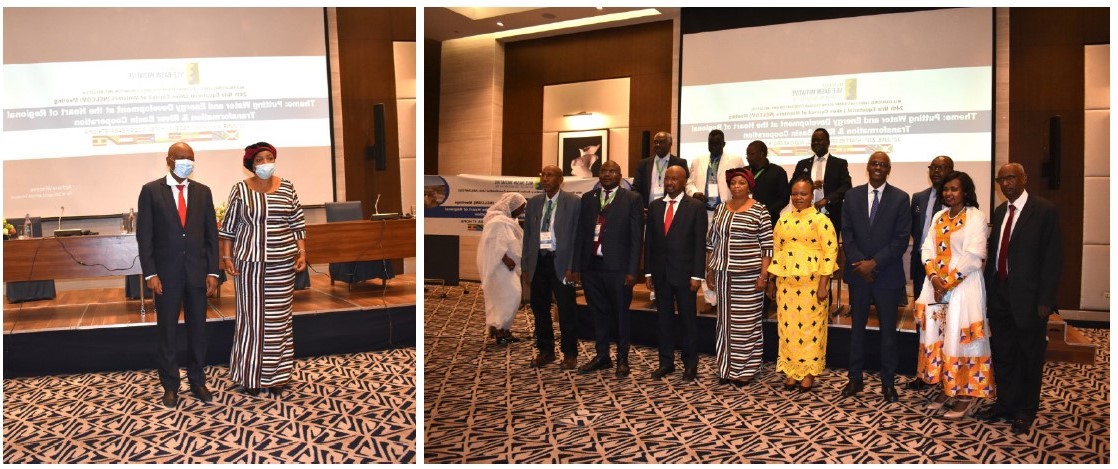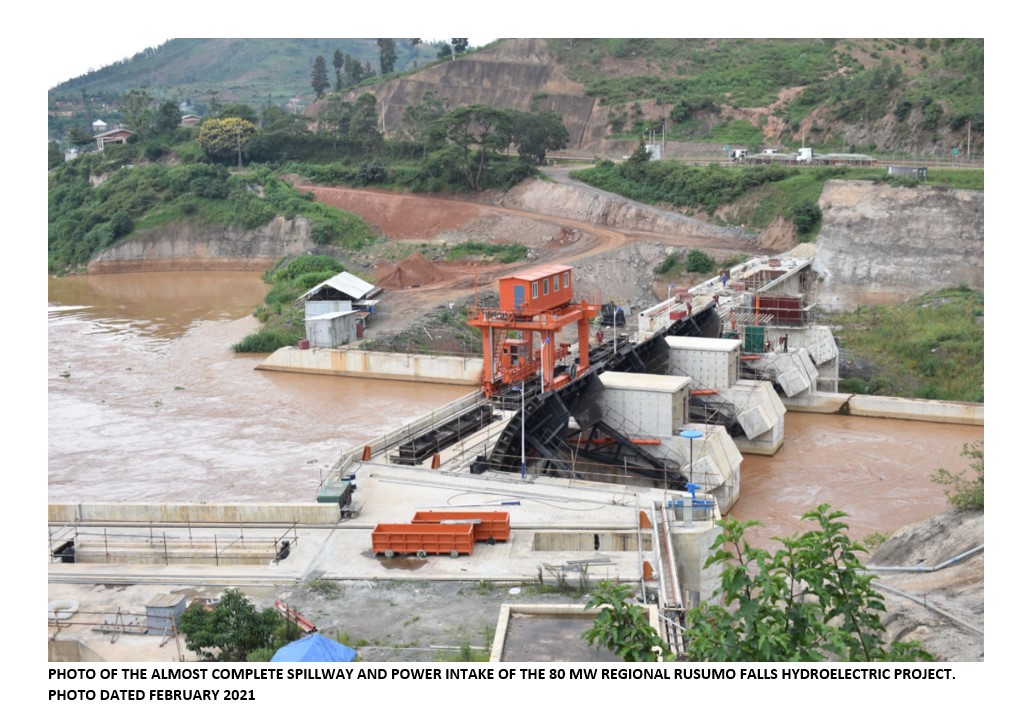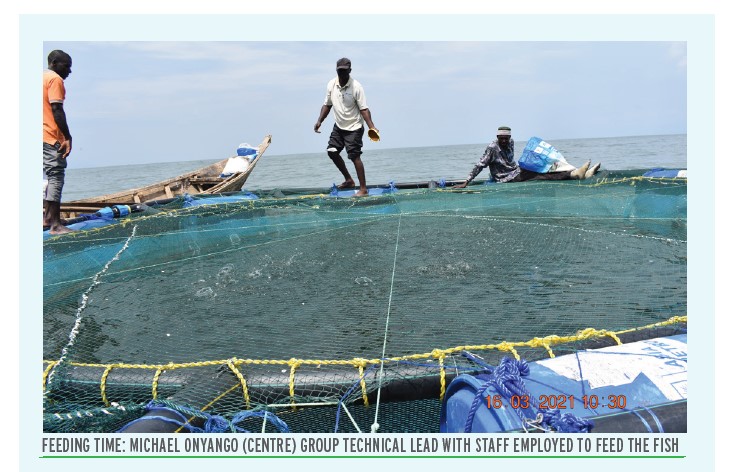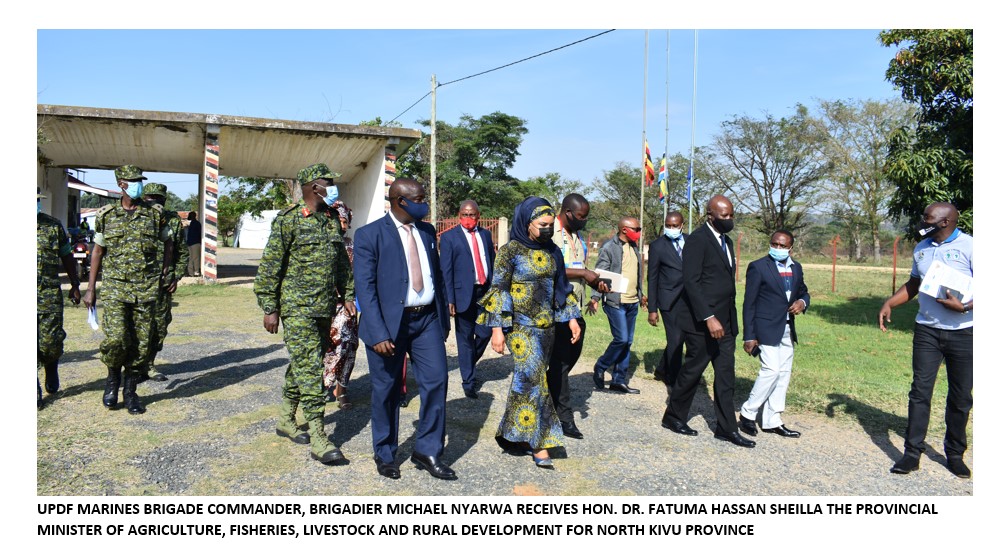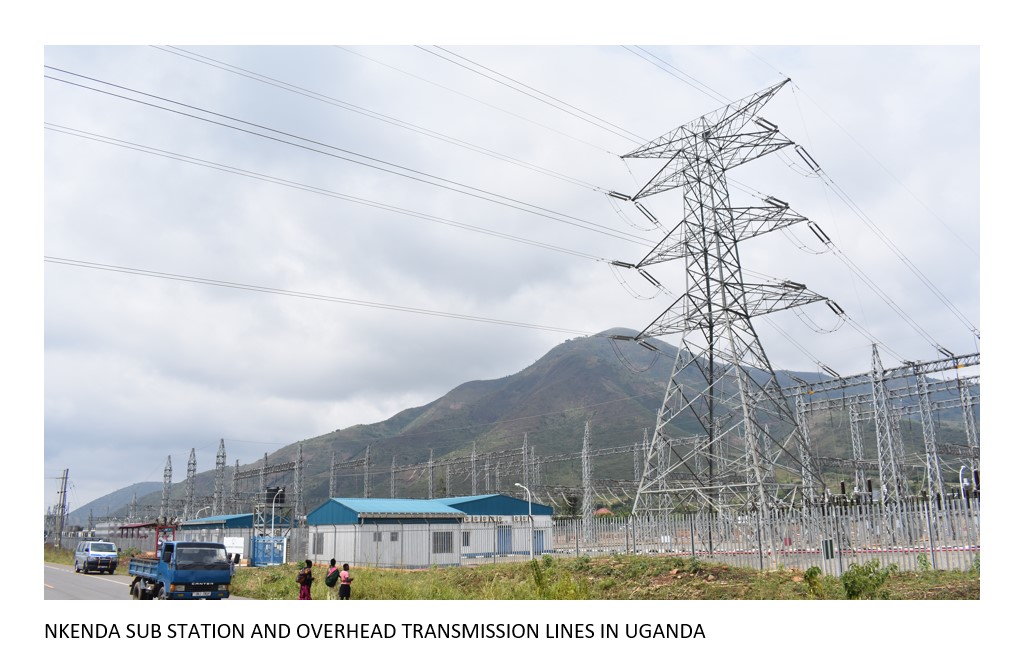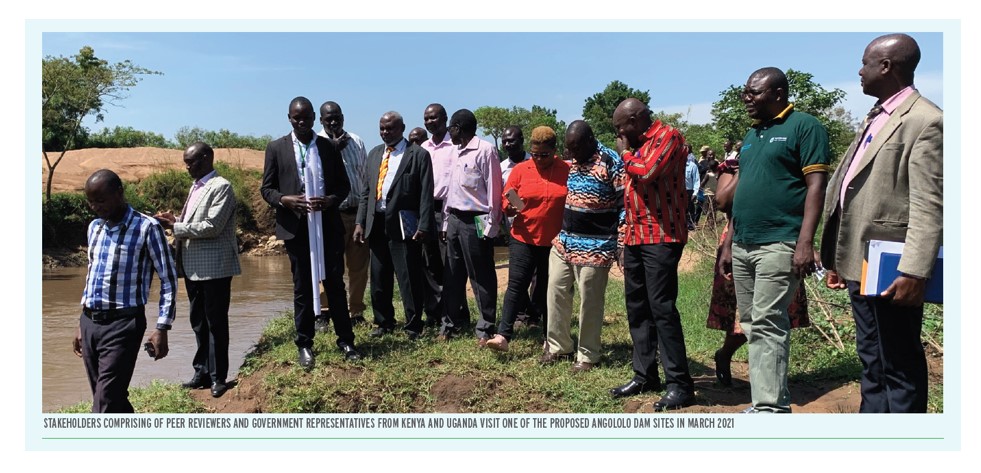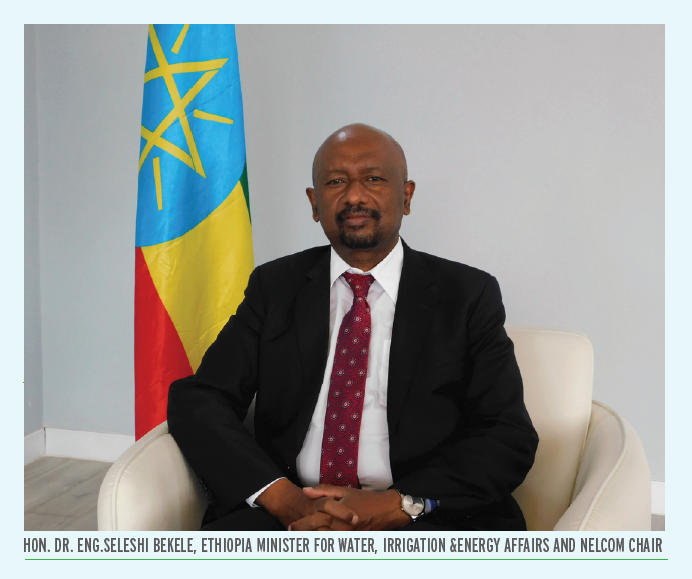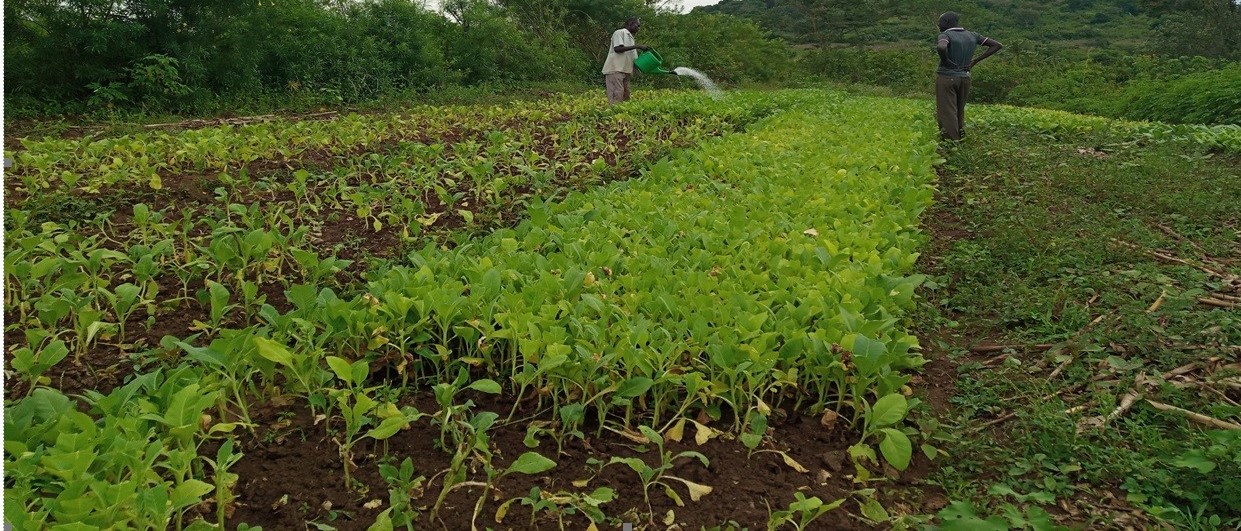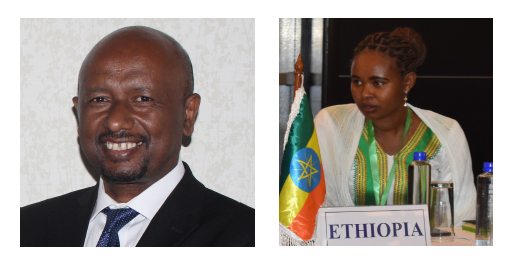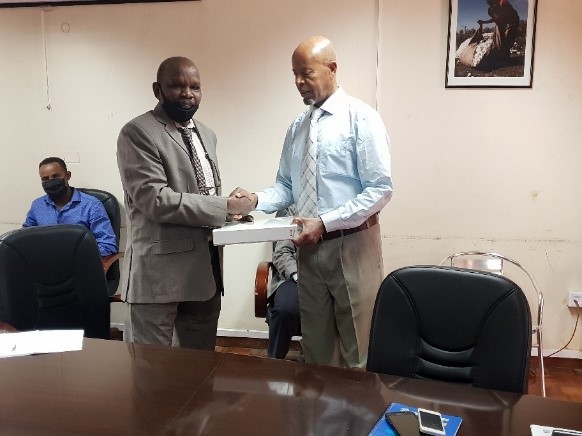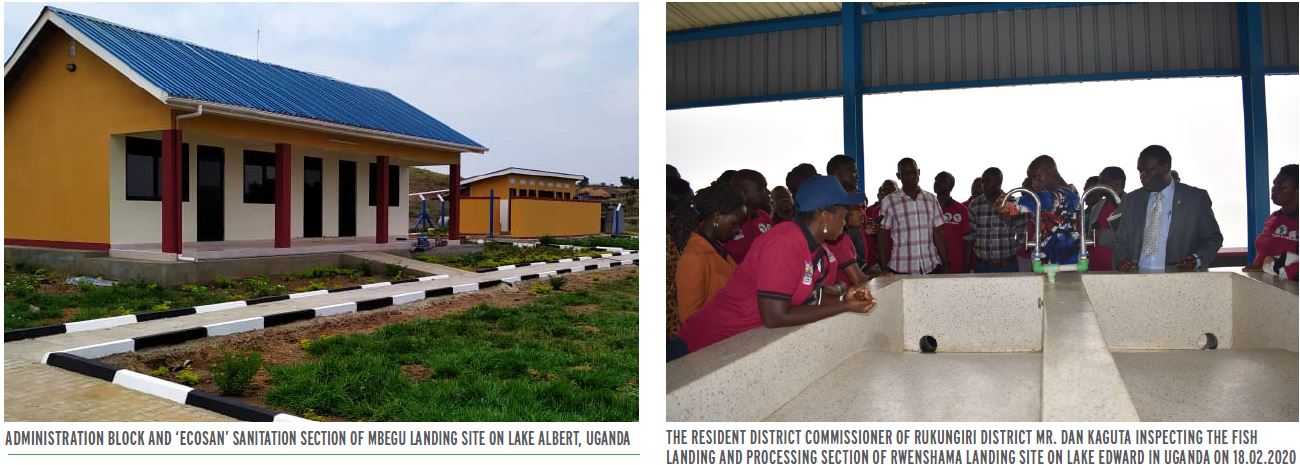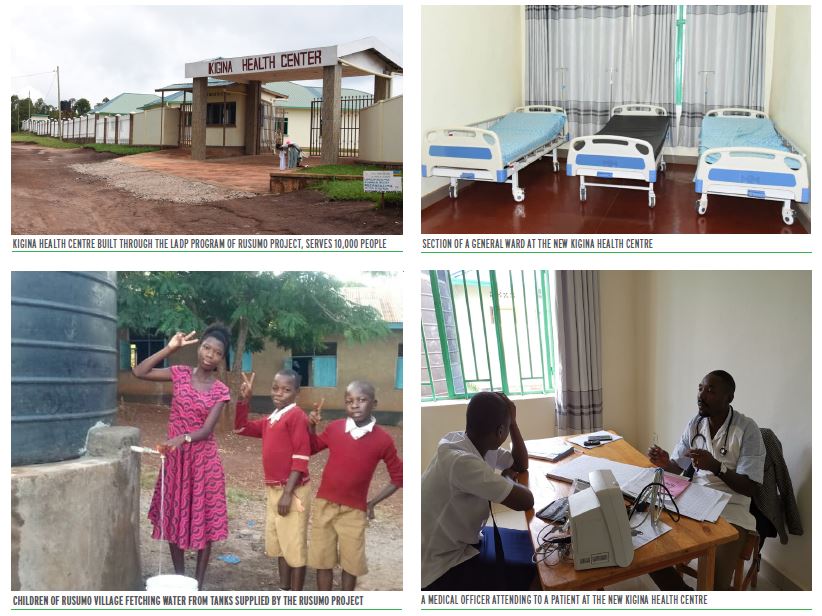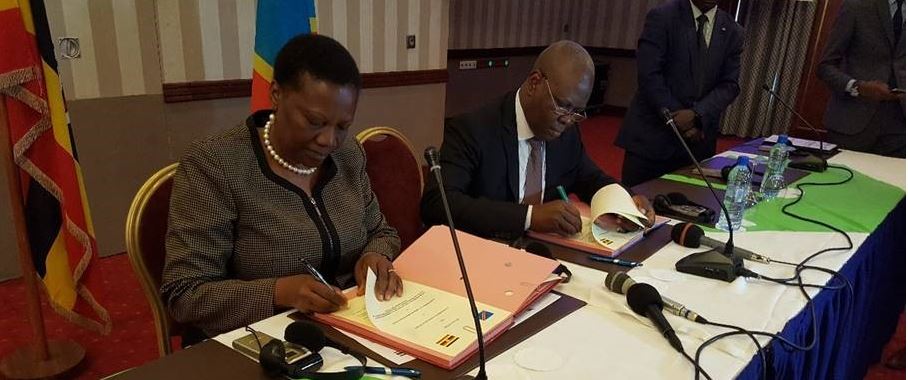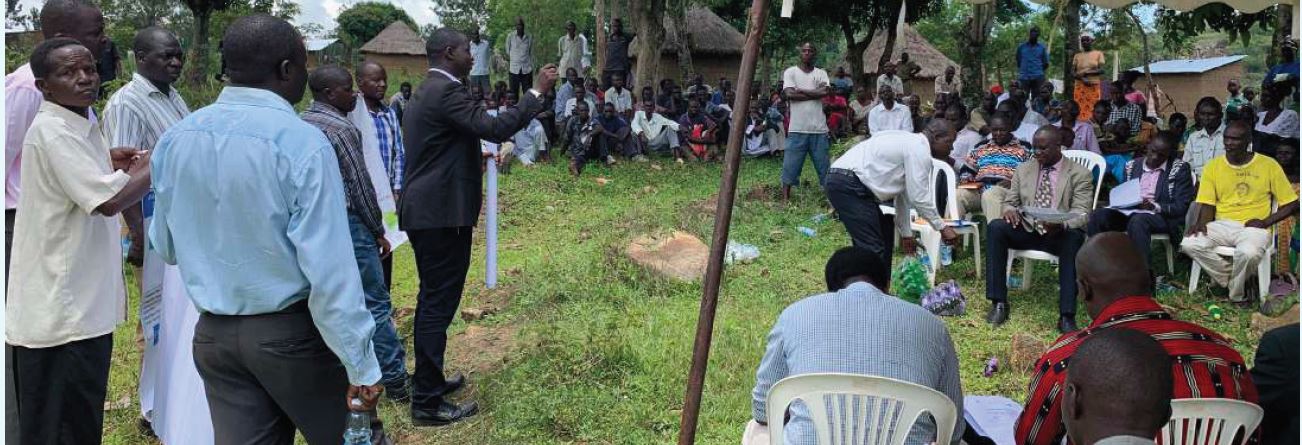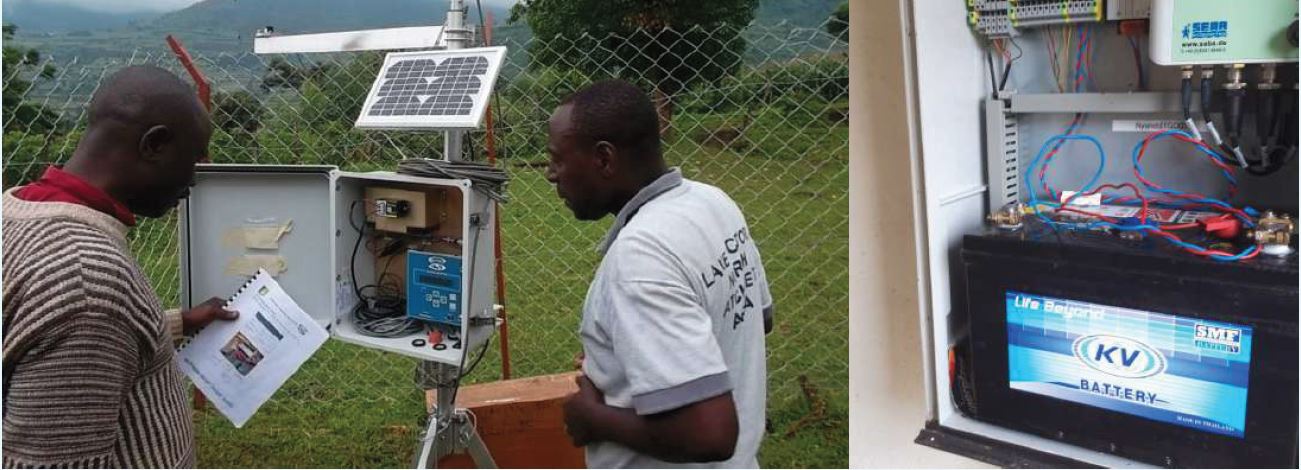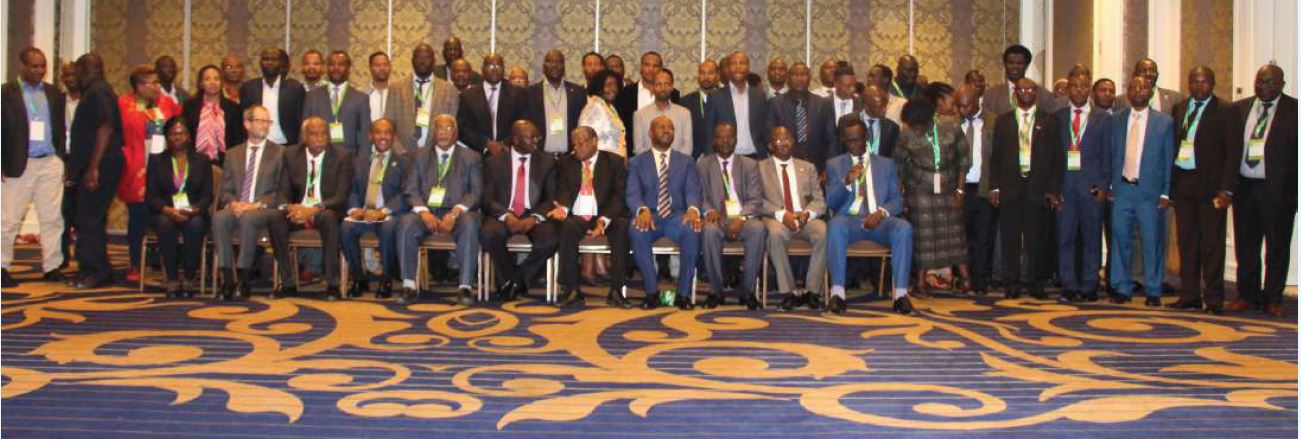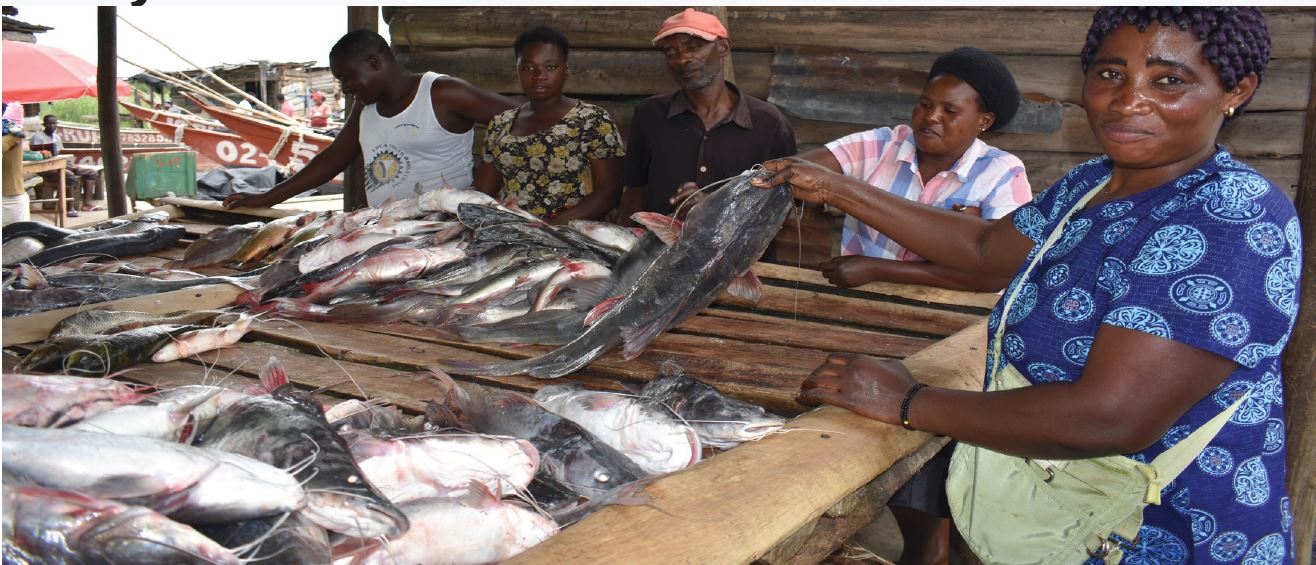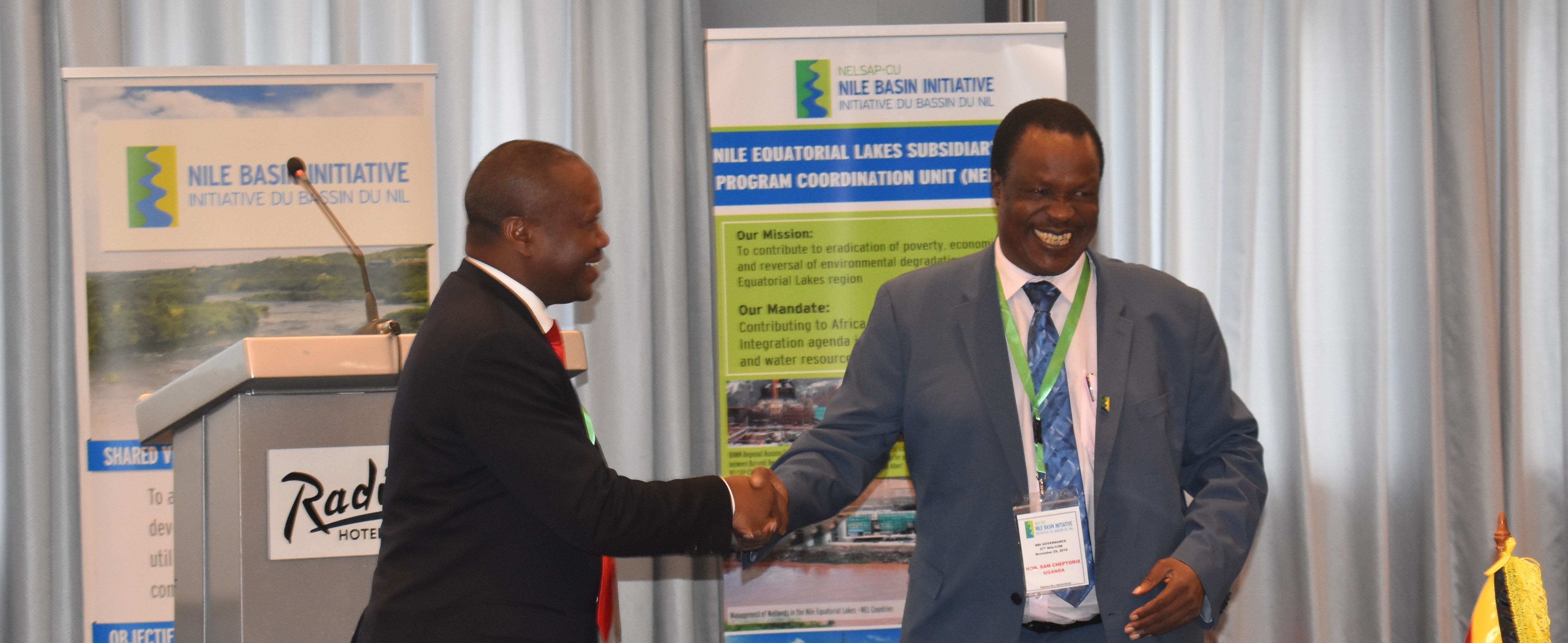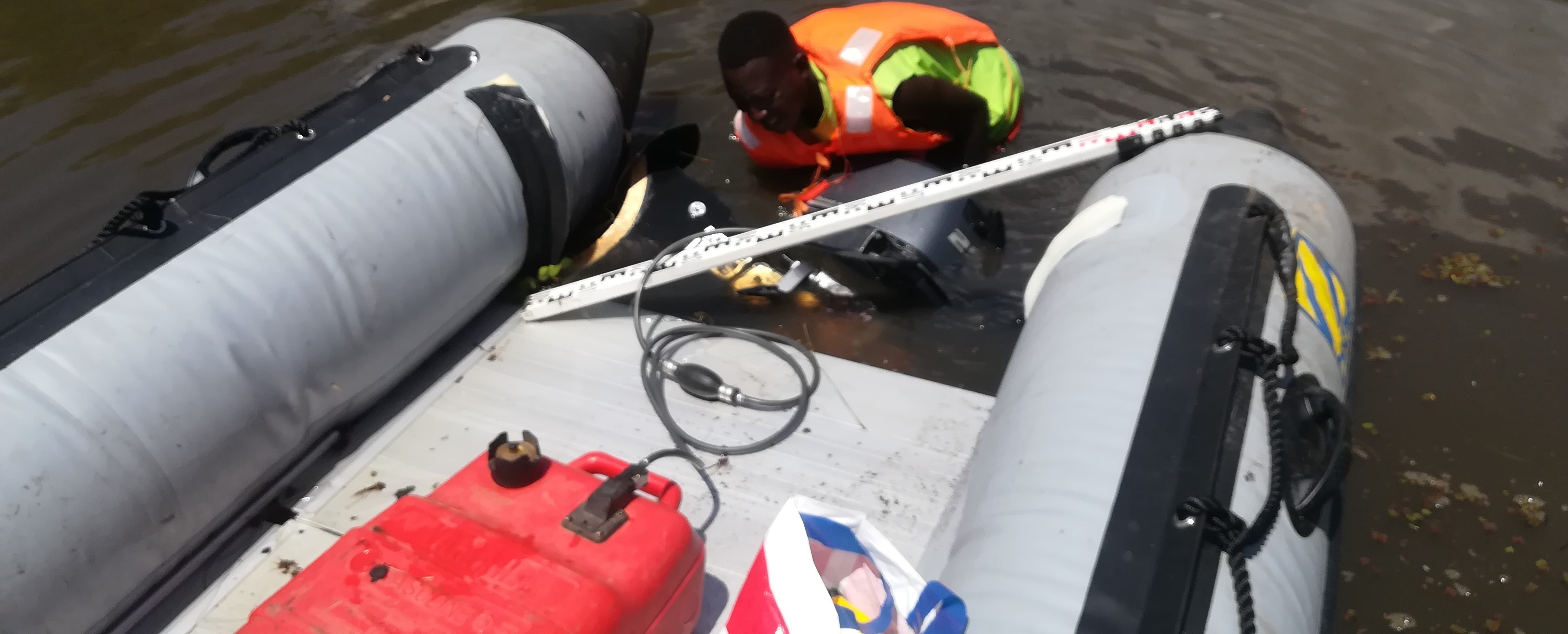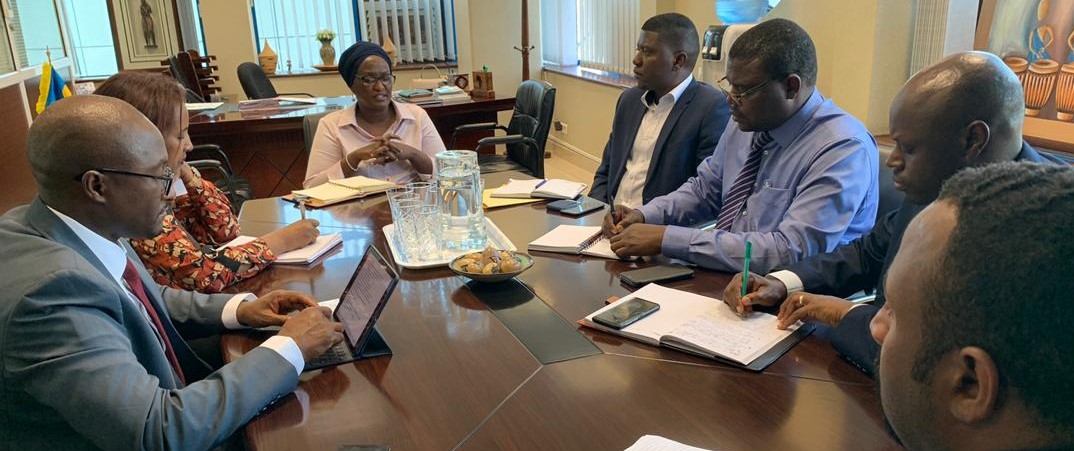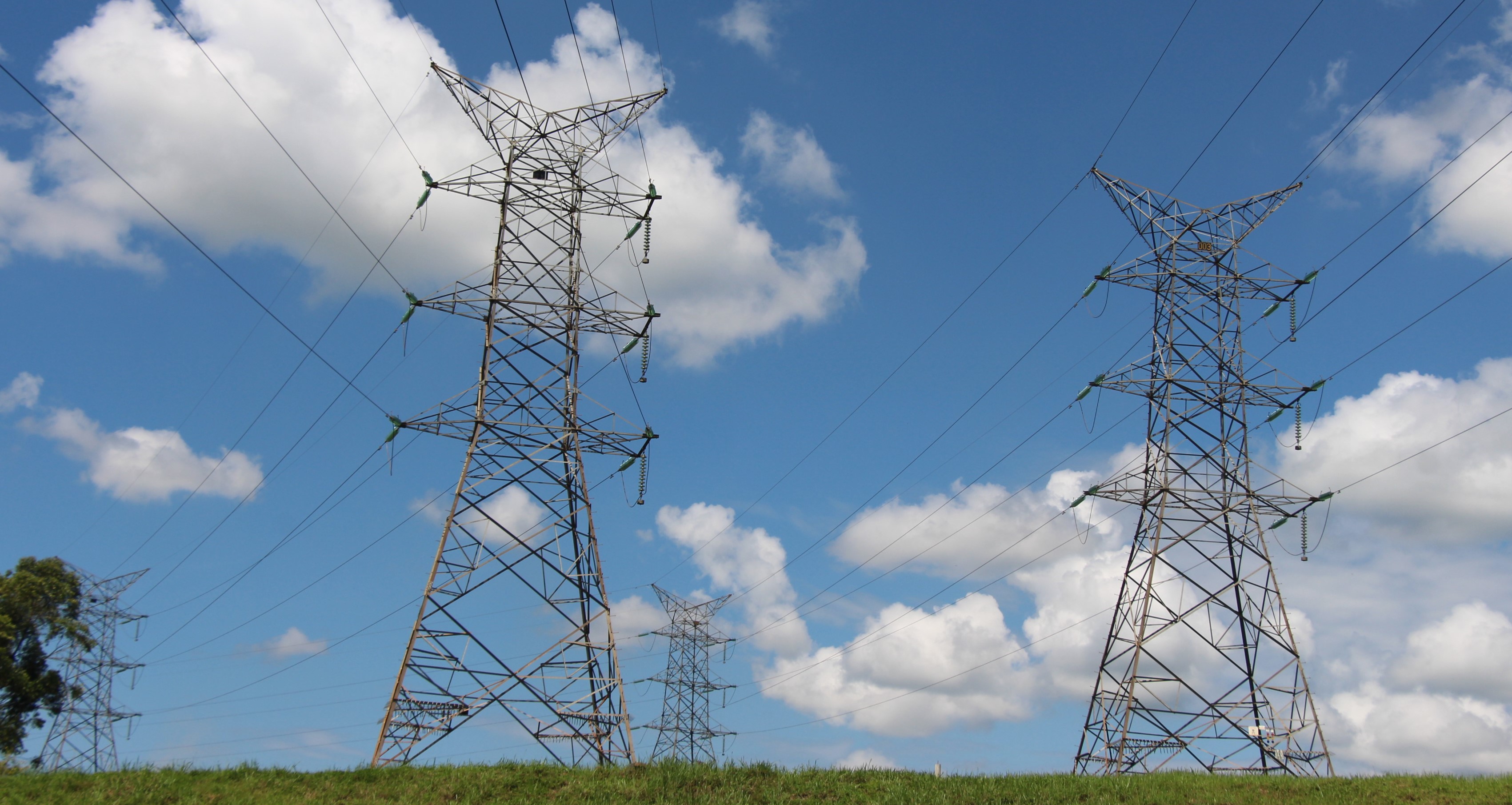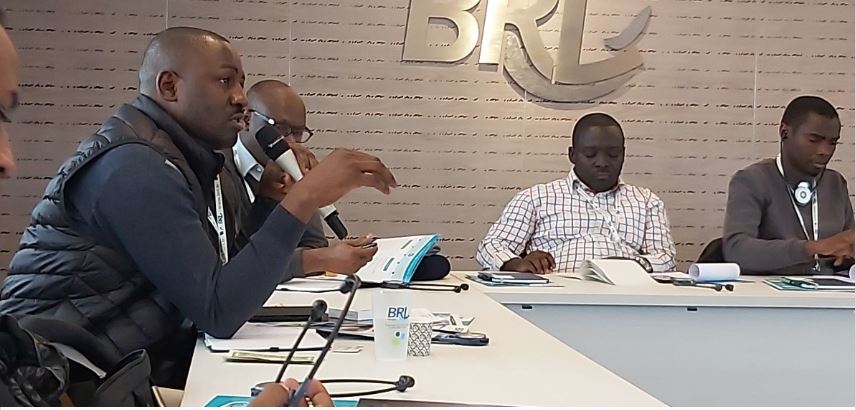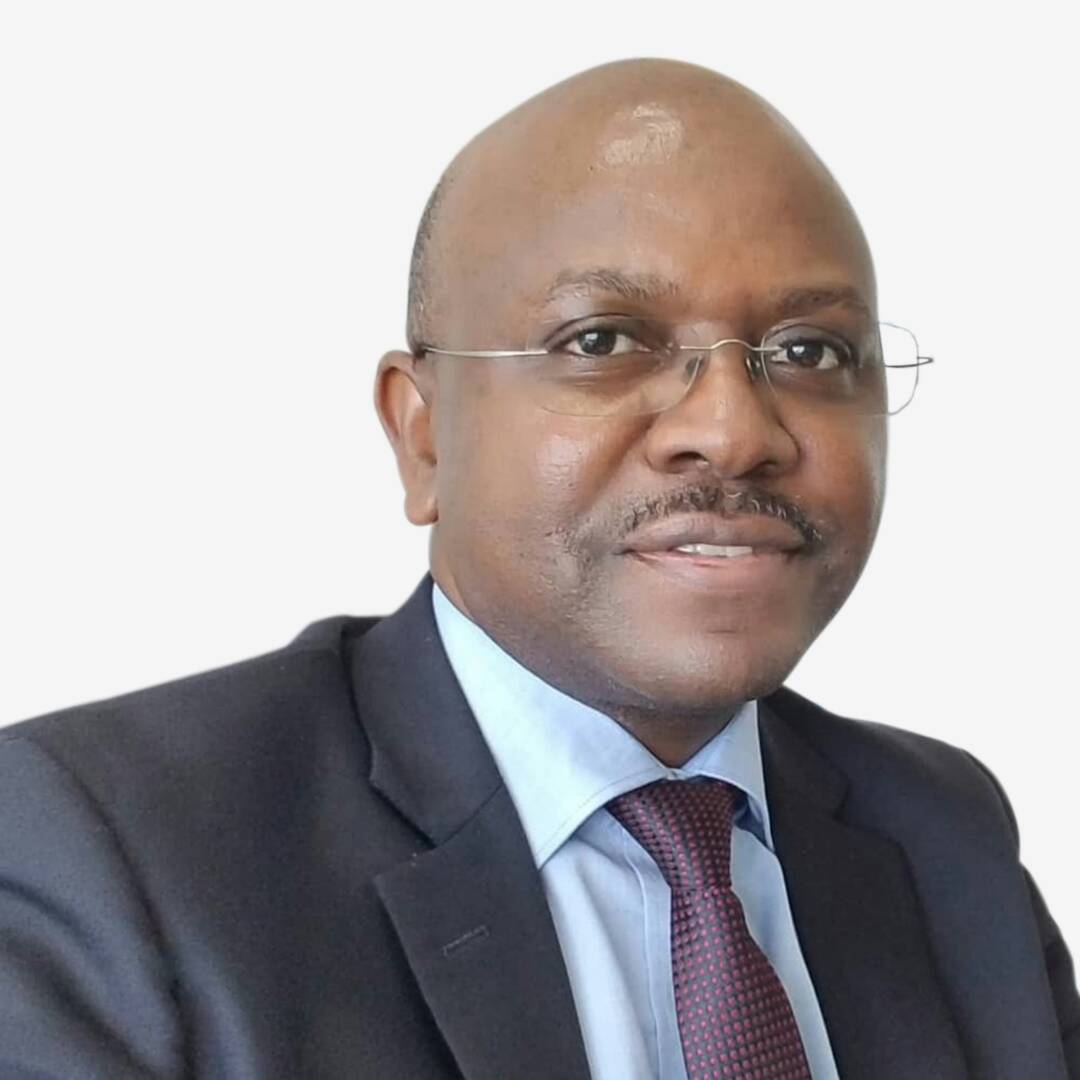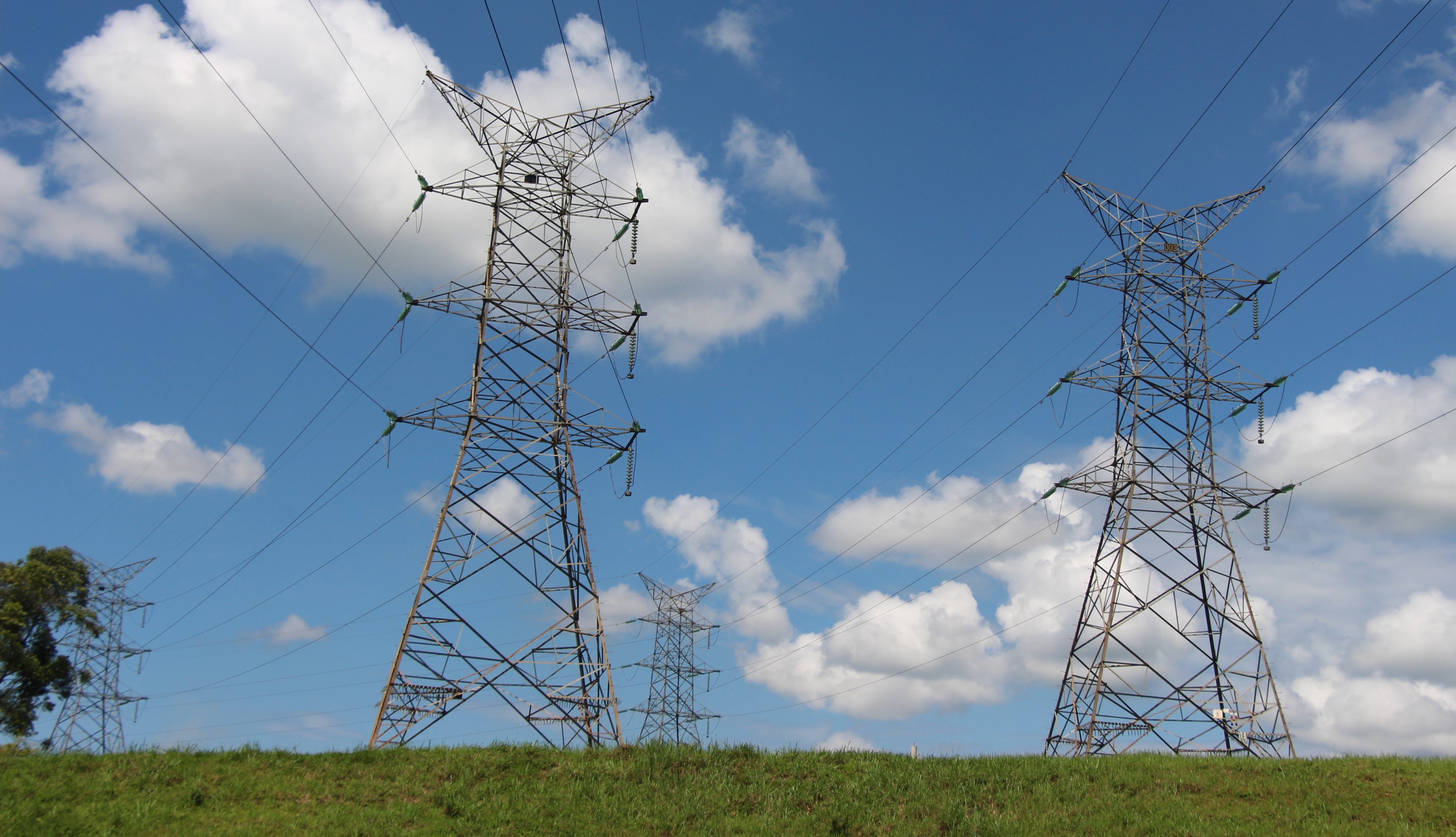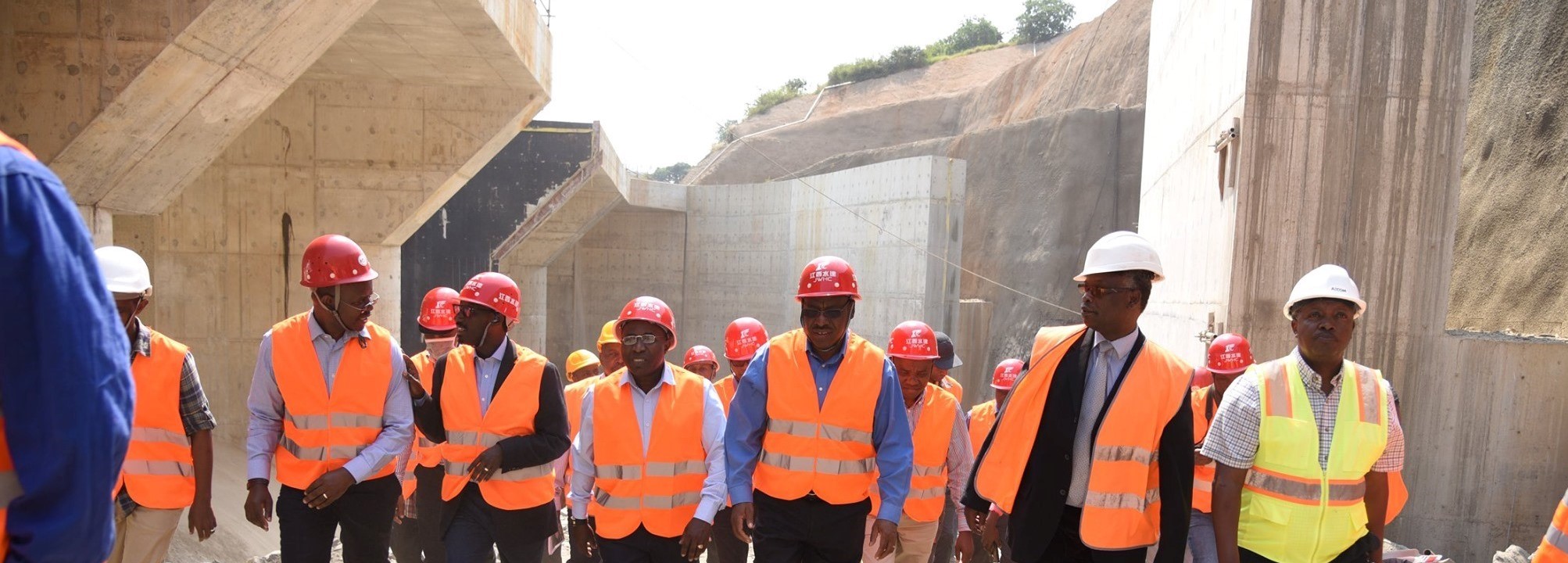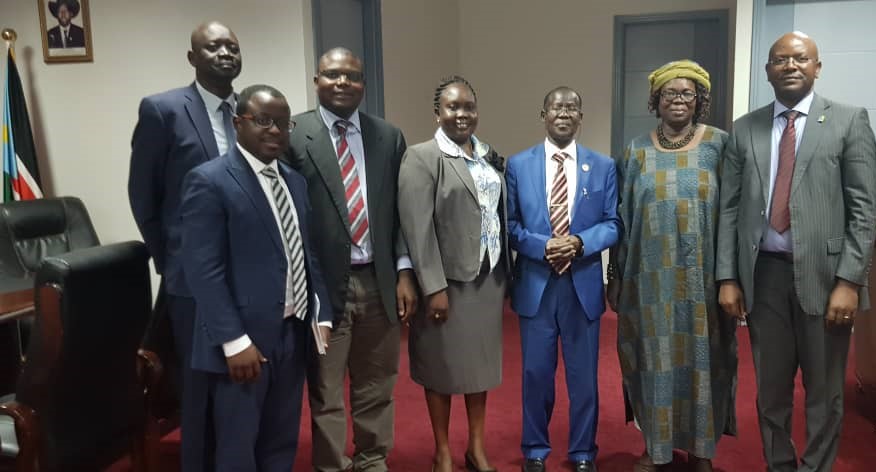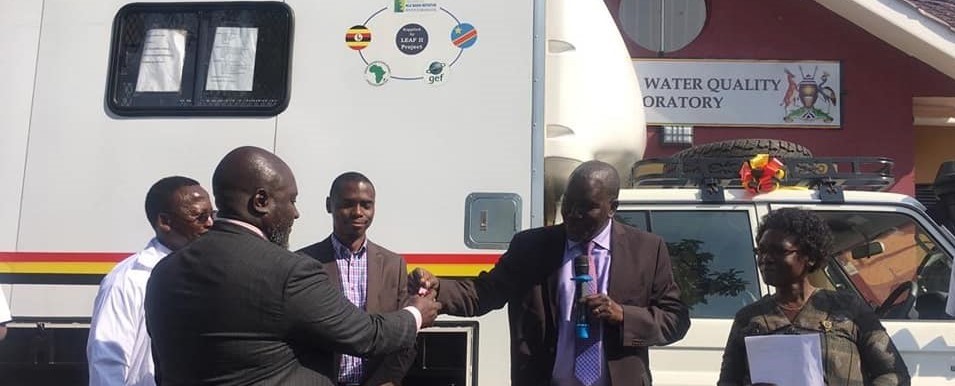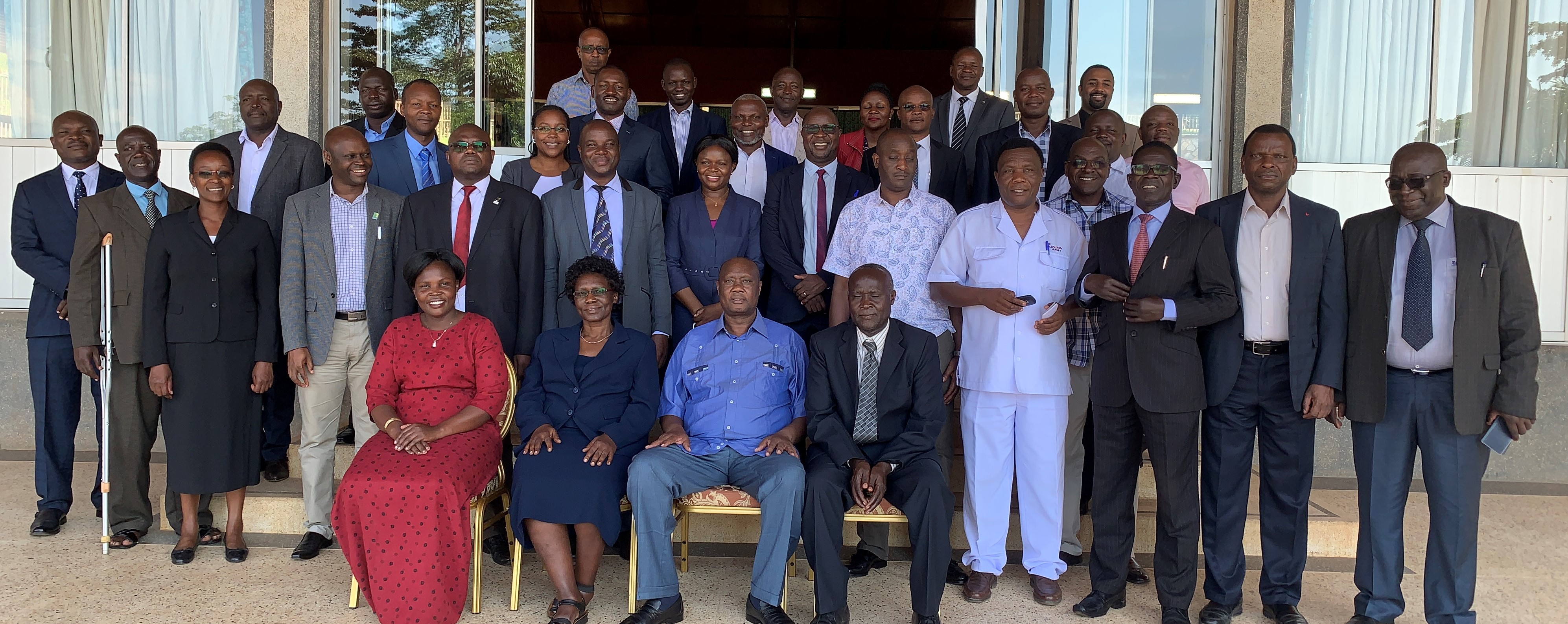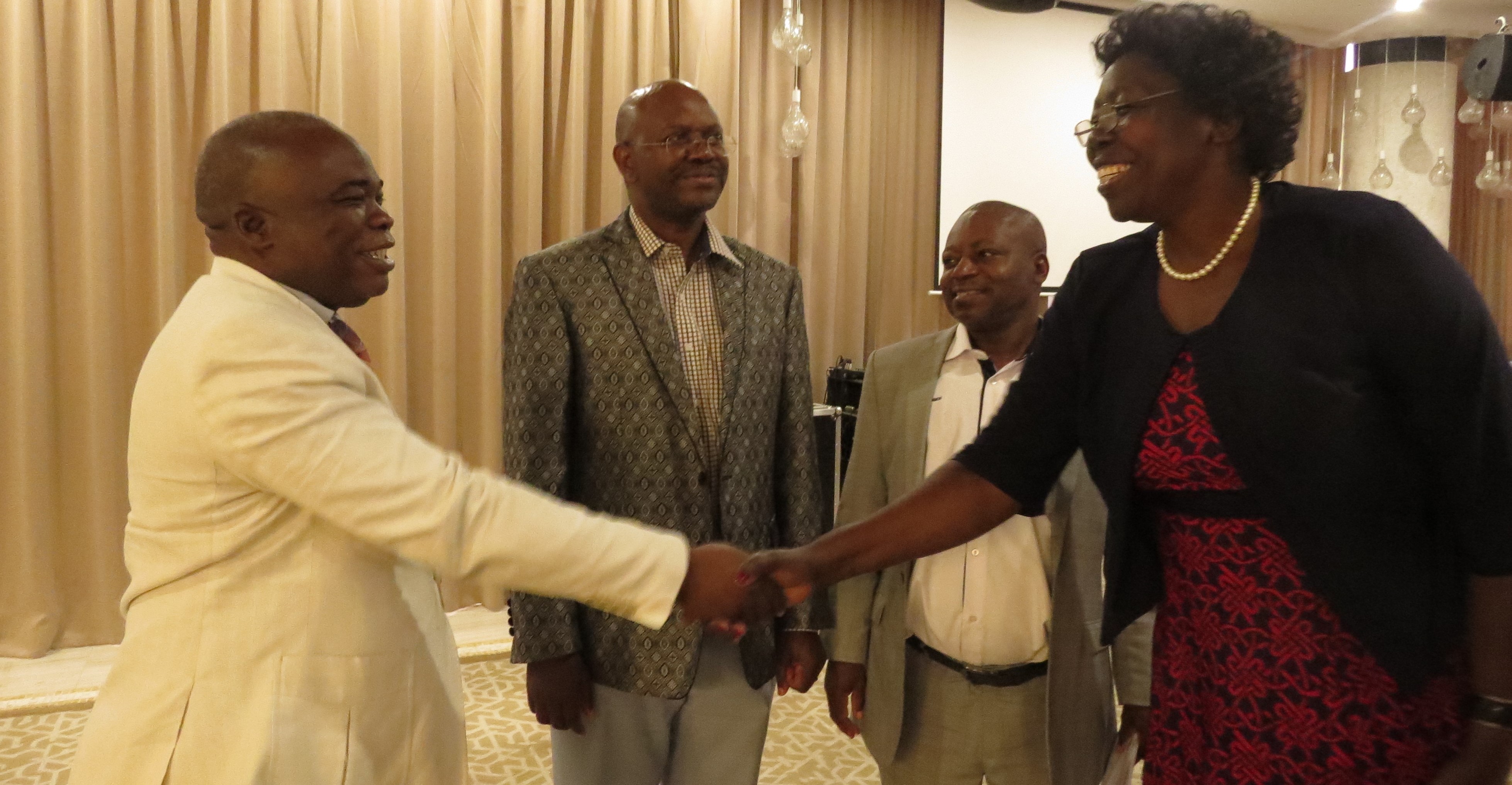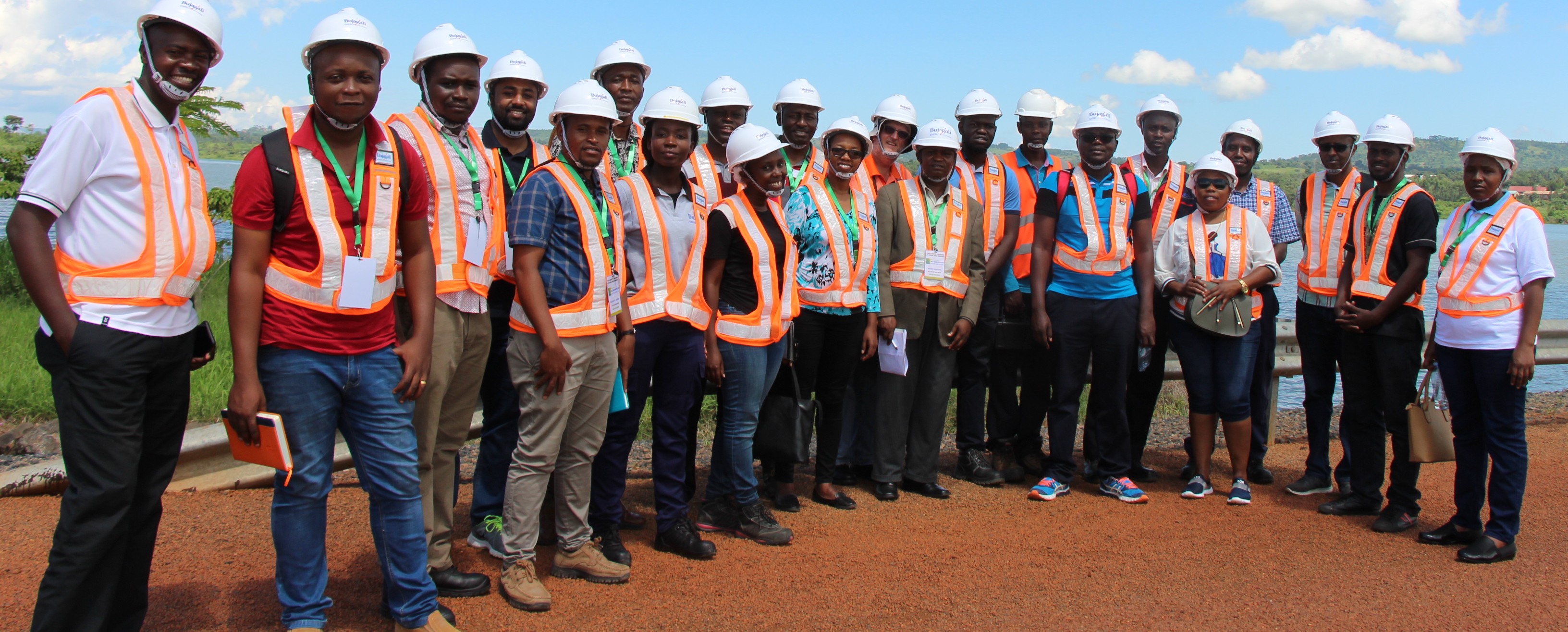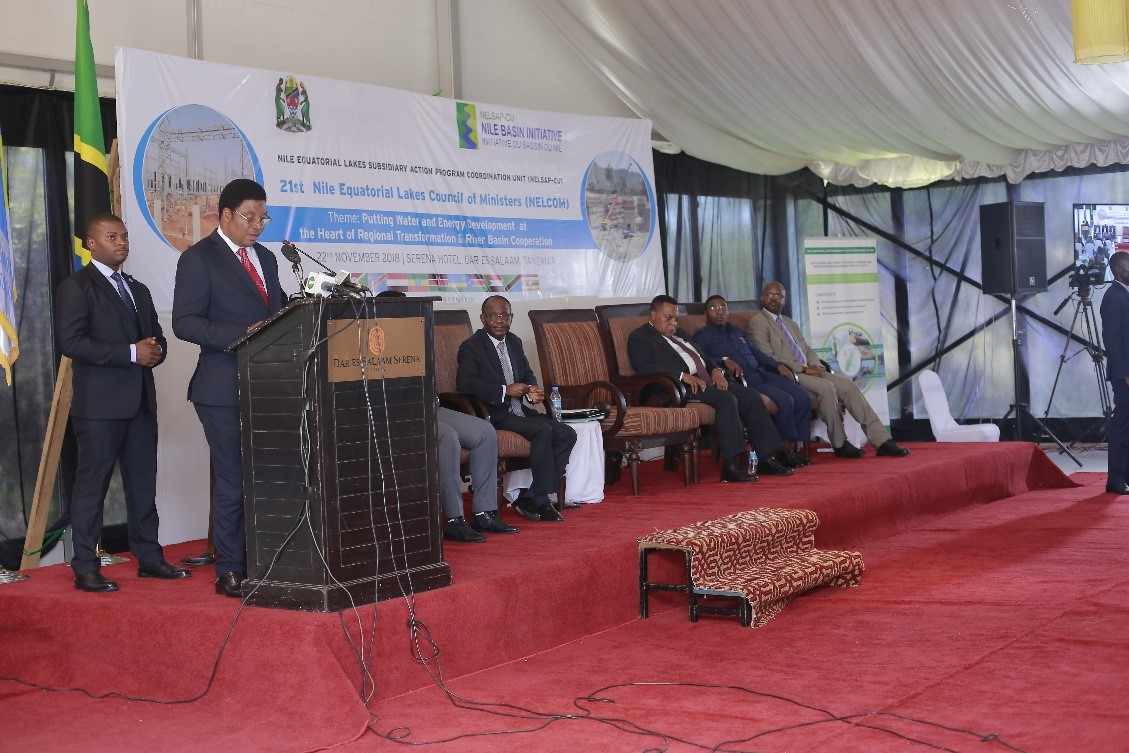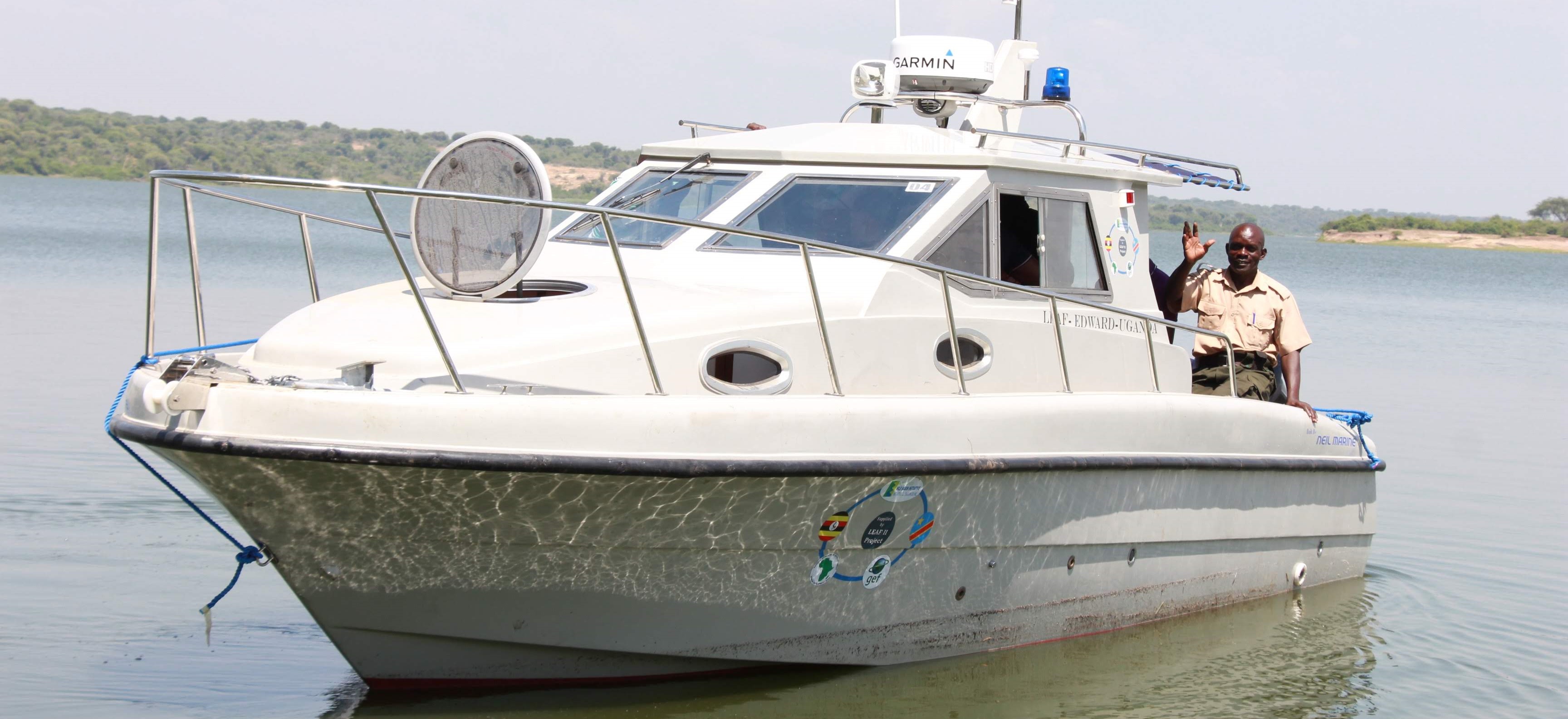In December 2020, three artisanal fisher groups from the remote fishing village of Kiina, in Kikuube District, Western Uganda, on the shores of Lake Albert, received training and support to establish pilot cage aquaculture projects to supplement their income. The groups received three fish cages, 36,000 fingerlings of tilapia (Oreochromis niloticus) fish-feed that would last three out of the required eight months before the tilapia could be ready for market, as well as training on cage aquaculture. The pilot phase was supported by the LEAF II project. By September 2021, all three groups had harvested a total of 5 tons of fish and jointly made 12.5 million UGX (USD 3,500) from fish sales.
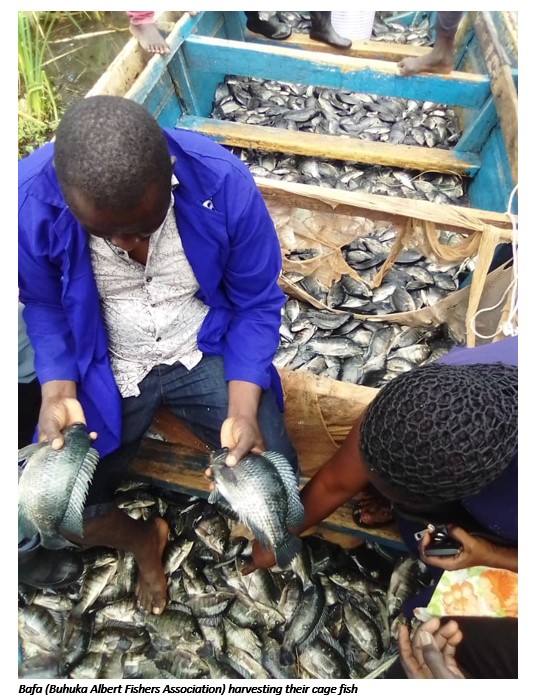 With the cycle complete, what lessons can be learned from this pilot phase? NELSAP-CU sought the views of the Director of Fisheries Resources of Uganda, Mrs. Joyce Ikwaput-Nyeko, Director, National Fisheries Resources Research Institute (NaFIRRI) Dr. Winnie Nkalubo, National Fisheries Officer for LEAF II Project in Uganda Mr. Richard Rugadya, and Mr. Michael Onyango a member of Bafa fisher group, and Technical Lead / Chairperson of a Joint Technical Committee of the three fisher groups that participated in this pilot project.
With the cycle complete, what lessons can be learned from this pilot phase? NELSAP-CU sought the views of the Director of Fisheries Resources of Uganda, Mrs. Joyce Ikwaput-Nyeko, Director, National Fisheries Resources Research Institute (NaFIRRI) Dr. Winnie Nkalubo, National Fisheries Officer for LEAF II Project in Uganda Mr. Richard Rugadya, and Mr. Michael Onyango a member of Bafa fisher group, and Technical Lead / Chairperson of a Joint Technical Committee of the three fisher groups that participated in this pilot project.
Mr. Richard Rugadya - National Fisheries Officer for LEAF II project in Uganda
“Whereas the groups did not make as much money as they had hoped, all three groups have re-stocked using their group money, without LEAF II financial support. This shows that the pilot phase was moderately successful. One group has bought an extra cage while another bought an outboard engine to be used during feeding and security patrols of the fish cages located 1km into the Lake Albert waters.In a bid to cut feed expenses, another group purchased an on-farm feed mill that can process up to 100 kilograms of feed per hour. This is a huge step in improving profitability. In hindsight, we should have given the fisher groups a full grant that covers feed for the entire required eight months. In that way they would have learnt better, harvested double the tons they got and would have started the second cycle on a much stronger financial footing.”
Mr. Michael Onyango - member of Bafa Fisher Group, Technical Lead / Chairperson of a Joint Technical Committee
“The first challenge we encountered was the 42-day lockdown and cessation of movement between districts that started on 12th June 2021 as a result of Covid-19. This greatly affected our supply of feed from Kampala, leading to reduced fish growth at a very critical phase of their lives. The second was finances, especially in the final two months. Whereas we believed that resources we had were adequate, in terms of both feed and money saved up, it turned out that some groups had under-estimated the feeding cost or overestimated their financial position.”
Mrs. Joyce Ikwaput-Nyeko, the Director of Fisheries Resources of Uganda
“Cage fish farming is a private sector led activity and ours was a demonstration to show that it works and there is money to be made from it. Our mandate is to create an enabling environment and provide technical support through District Fisheries Offices. We have done this on Lake Victoria and felt this should be embraced on Lakes Edward and Albert. We are happy that the fishers got additional food and income and have seen the importance of cage farming hence their decision to plough back money into restocking their fish cages.”
 Dr. Winnie Nkalubo, Director, NaFIRRI
Dr. Winnie Nkalubo, Director, NaFIRRI
“Cage Aquaculture is a viable livelihood option for organized groups or investors with financial muscle, however it must be guided by research. NaFIRRI, with support from LEAF II conducted a study titled, ‘Potential for Cage Aquaculture on Lakes Edward and Albert’ and through it identified and mapped suitable sites for cage aquaculture and this is what is guiding pilot cage aquaculture projects on the two lakes. This study was conceptualized because of concerns that, if not well planned and appropriately managed, cage aquaculture can pose some environmental challenges like pollution from feed, fecal matter, anti-fouling and antibiotics, and excessive nutrients, which may affect biodiversity.”
This Cage Aquaculture pilot project was supported by the Multinational Lakes Edward and Albert Integrated Fisheries and Water Resources (LEAF II) project of NELSAP/NBI that is funded by the Global Environment Facility (GEF) and the African Development Bank (AfDB) and implemented in collaboration with the Governments of the D.R Congo and Uganda.

